In the long and rich history of the car, there has been no shortage of starry-eyed dreamers with the resources to bring their far-out ideas to fruition. Over the years a wealth of motoring curiosities have been created, many of which have faded into obscurity and are long-lost in the shadow of failure. But thankfully for enthusiasts of the unconventional, a few of these lovable misfits have survived the test of time, embraced and carefully preserved by connoisseurs of the oddball, avant-garde, and downright wacky.
There are few wackier creations than those of Bruce Baldwin Mohs of Madison, Wisconsin. Mohs was an inventor, entrepreneur, engineer, big-game hunter, and all-round celebrator of the eccentric. He invented the instant milkshake, the reflective trim strip used on highway barriers, built a giant motor scooter, constructed seaplanes, and built mechanical props for Hollywood film makers such as Alfred Hitchcock, among other ventures. In the late 1960s, Mohs added car maker to his vastly diverse résumé.
Mohs' first project was the aptly named Ostentatienne Opera Sedan of 1968. This bizarre creation was based on an International truck chassis, with a 304ci V8 from the same source. In lieu of conventional side doors it featured a single rear-entry door that opened like a flying saucer. It also had 20-inch wheels with nitrogen-filled whitewall tyres, a butane furnace, refrigerator, two-way radio, and more. Mohs priced his outlandish creation at an optimistic $19,600, rising to $25,600 for the top model - at a time when a range-topping Cadillac Fleetwood Brougham cost less than $7000 and a Mercedes 300SE was a mere $8300. Unsurprisingly there were no takers, and only a single prototype was built.
Mohs hoped for better results with his second attempt, the 1973 Safarikar as shown here. He was indeed more successful, but only just, as only three were built. This example is one of two known survivors and was considered lost for many years. In 2009 its most recent owner saw mention of a Safarikar in an online forum and set out searching for the mythical beast. He discovered it quietly decaying in a Georgia parking lot, tracked down the owner, and struck a deal to buy it. He then embarked on a painstaking four-year restoration to return the outlandish Safarikar to life.
As its name suggests, Mohs envisioned the Safarikar as a rugged machine capable of tackling the rigours of African Safaris, but with the luxury, exclusivity, and quality of a Rolls-Royce. That was the idea, anyway. As before, Mohs turned to International for the underpinnings, utilising the robust chassis, suspension, and driveline from an International Travelall, which meant that up front there was a 392ci (6424cc) V8 engine which sent its 181bhp to the rear wheels via a three-speed automatic transmission. Mohs added a sub-structure consisting of tungsten-alloy bulkheads, aluminum panels, and steel outriggers.
The Safarikar's body styling was unconventional, to say the least, made even more so by Mohs’ use of padded Naugahyde upholstery on the exterior, to reduce reflections at night. Features include an oversized Rolls-Royce-style radiator shell, heavy-duty bumpers, a folding multi-piece hard top described by Mohs as a “dual cowl phaeton”, although one would have to squint to make that visual connection.
Once again the tyres were filled with nitrogen and fitted to unique wheels; there was a continental spare wheel, and the pièce de resistance: horizontally opening slide-out doors designed so occupants could target wild game while on the move. Restoration of the body consumed more than 40 yards of Naugahyde and polyurethane foam, along with 7000 stainless steel staples, all spread over 4800 hours across four years.
The interior was no less unusual. First and foremost was the three-abreast seating, which undoubtedly inspired Gordon Murray in his creation of the McLaren F1… or possibly not. The bucket seats were by Solar Automotive, developed and patented by racer and actor Steve McQueen for the rigorous Baja 1000. The rear bench seat converted into a sleeping platform for long nights out on the hunt, and there was room to stand up and shoot. The dash was essentially standard International fare and featured both an AM/FM radio and a Motorola CB radio for communicating with base camp.
With such an incredible specification it's hard to see how Mohs could fail. But that's exactly what he did do, and having failed with the Ostentatienne Opera Sedan as well as the Safarikar he didn't come back for more. Thank God for small mercies, but if you feel that you've got a Safarikar-sized gap in your life, the car shown is currently for sale through Hyman Ltd, for a cool $350k.
Many thanks to Hyman Ltd for the use of its pictures to illustrate this article.

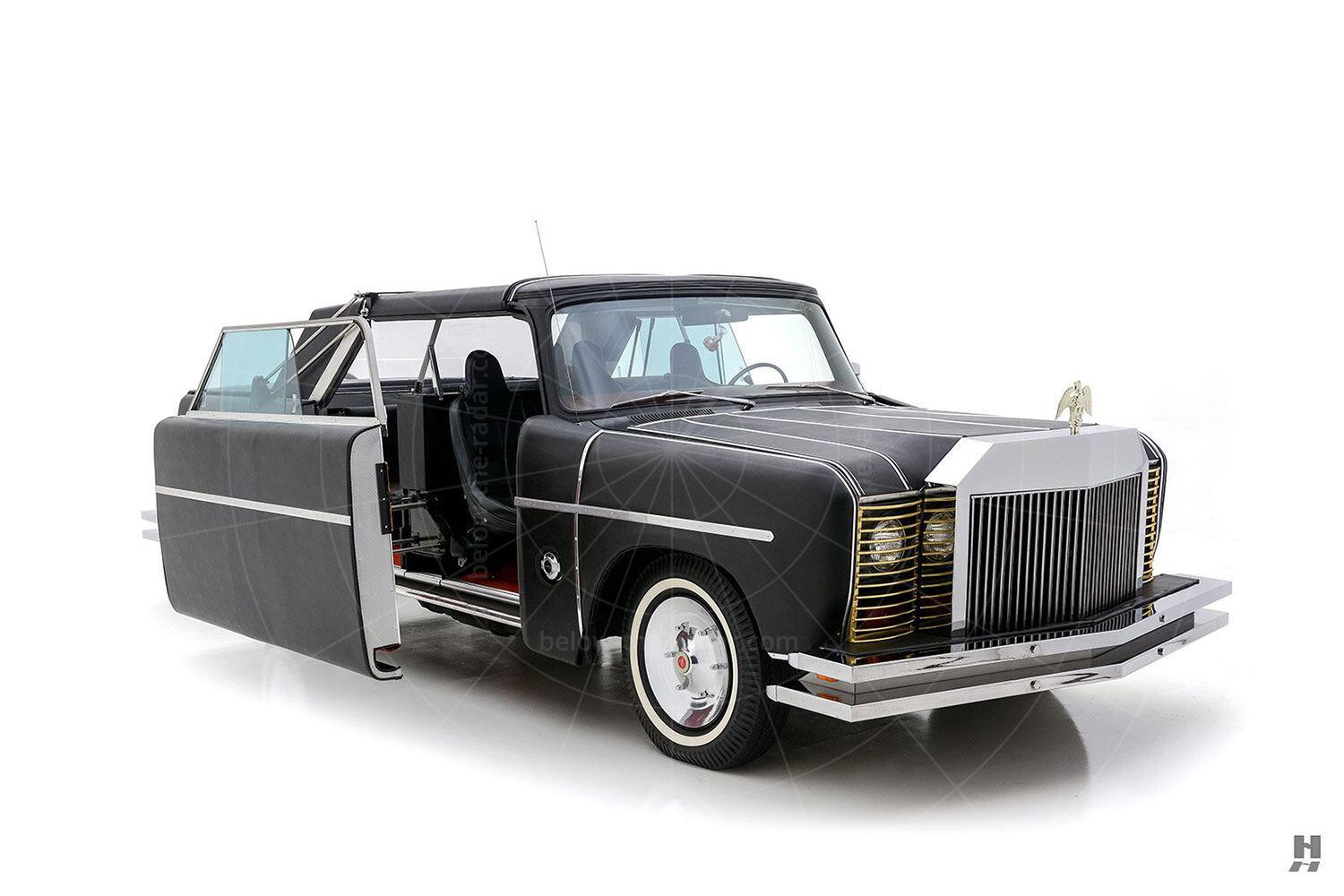
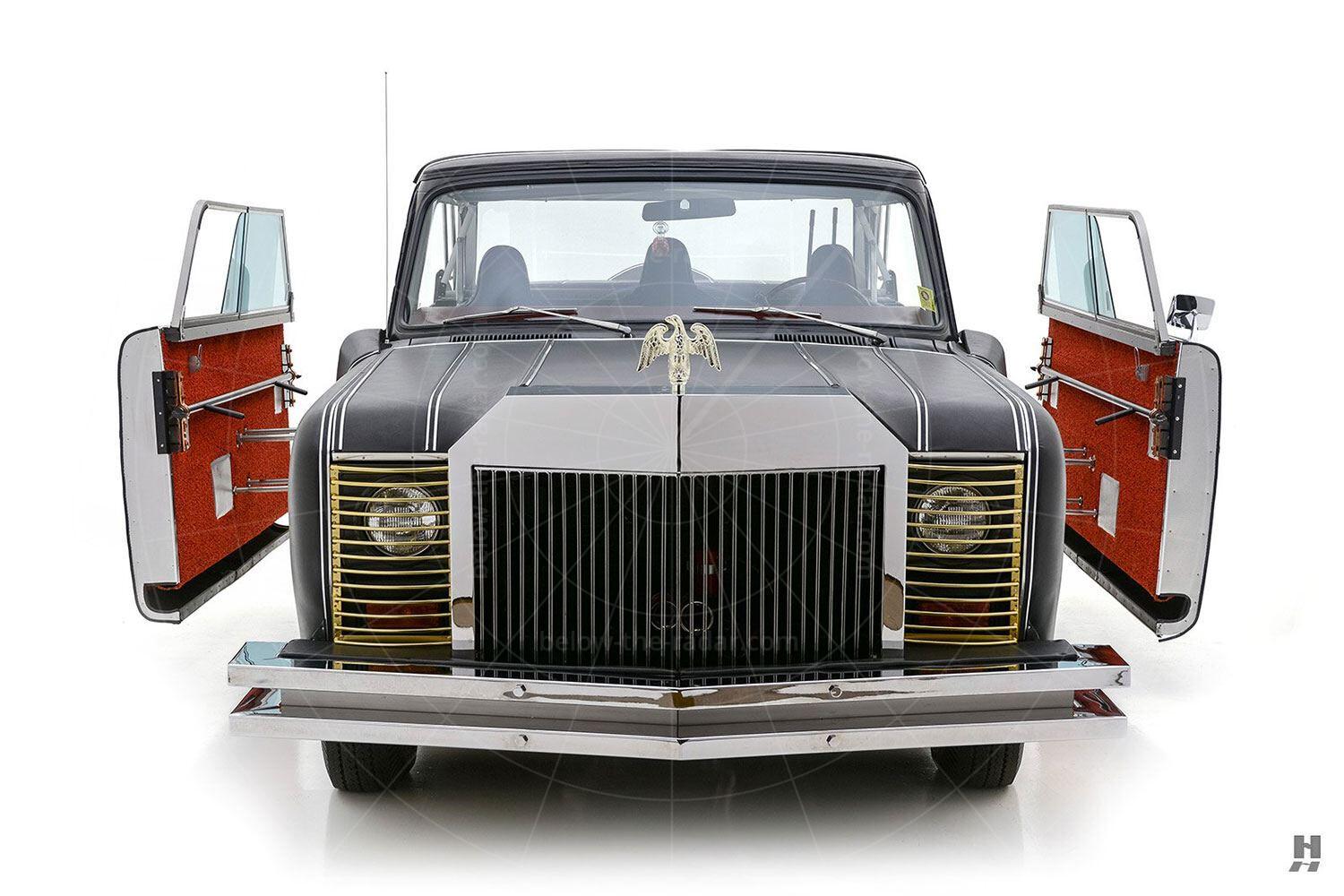

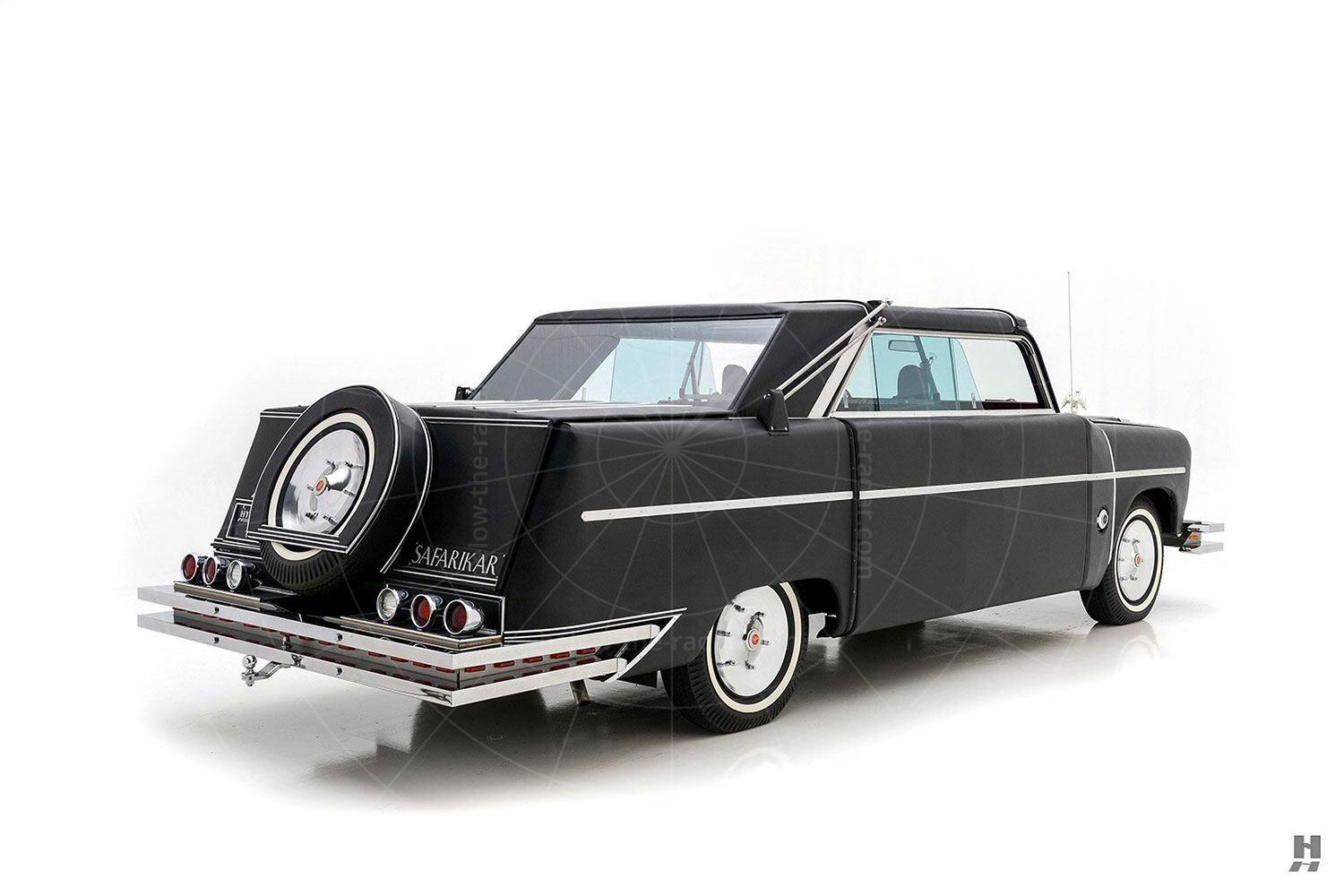
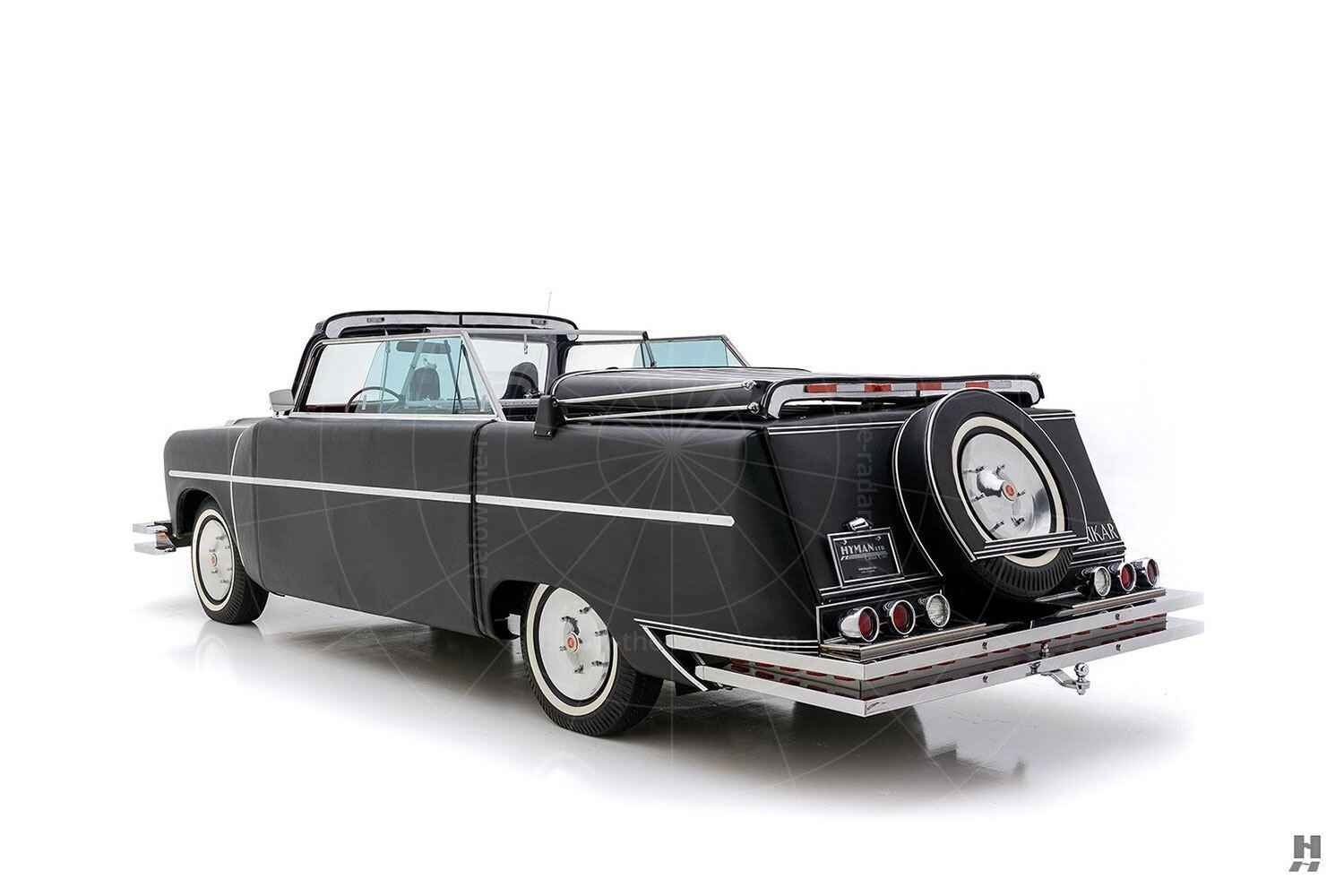
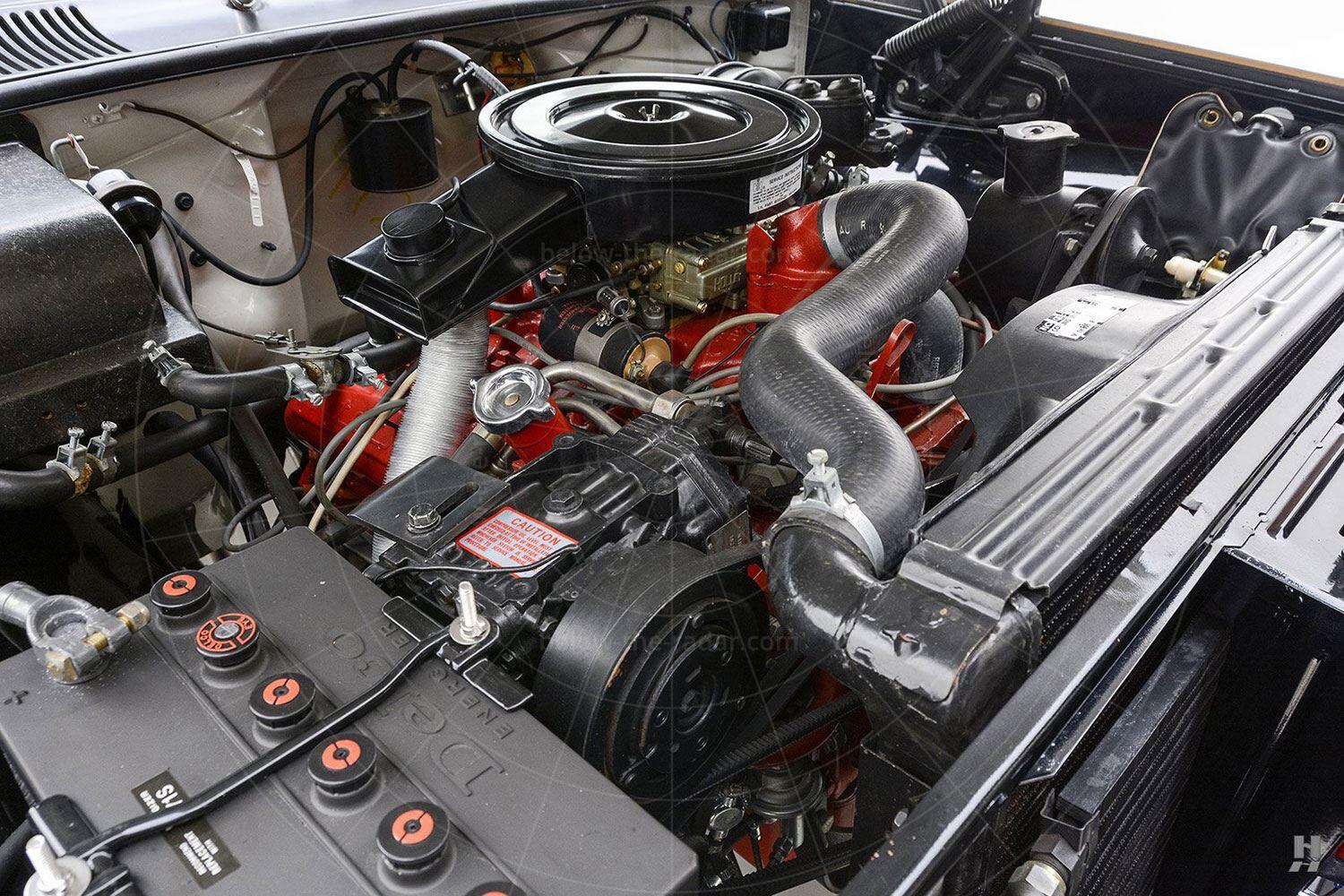

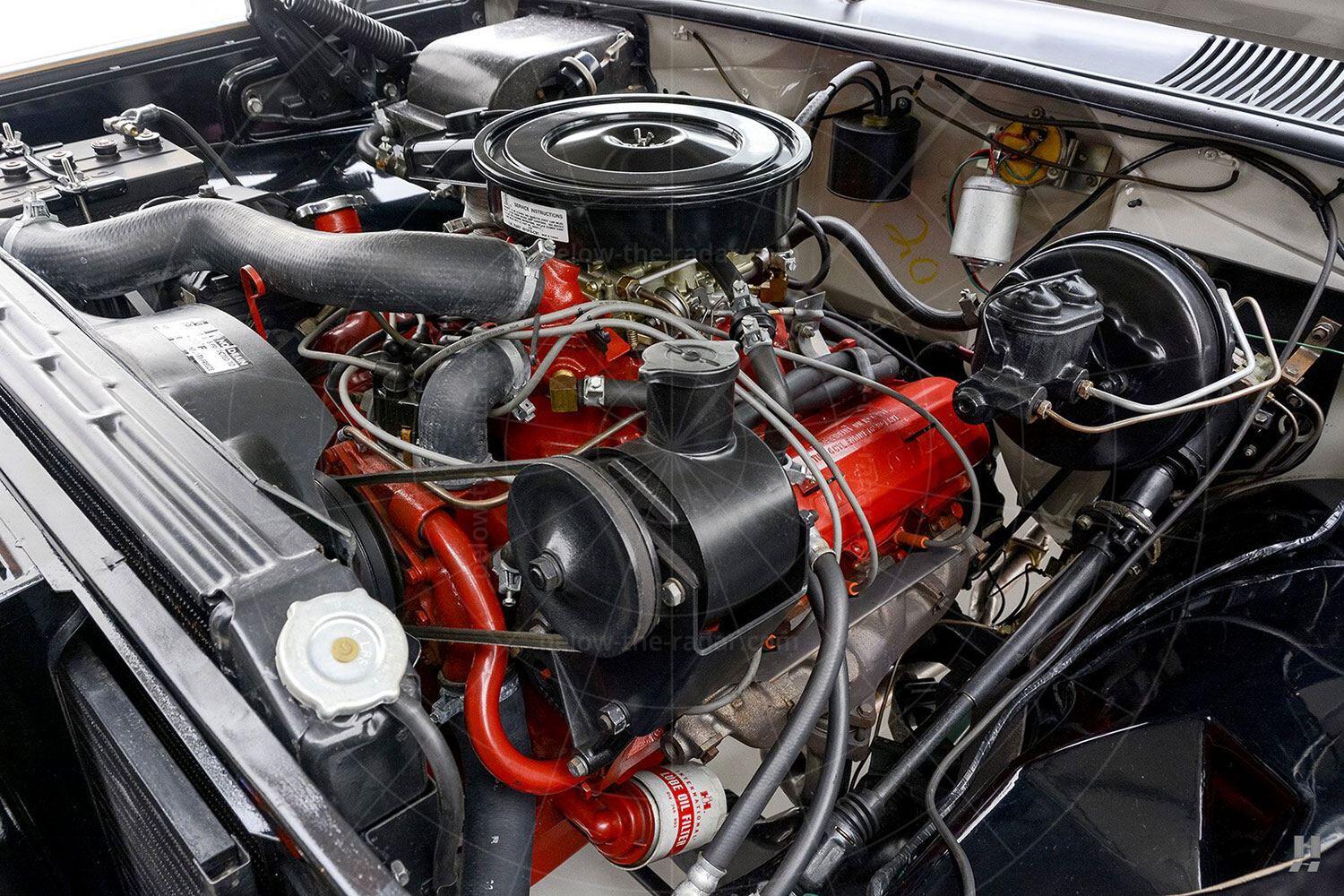
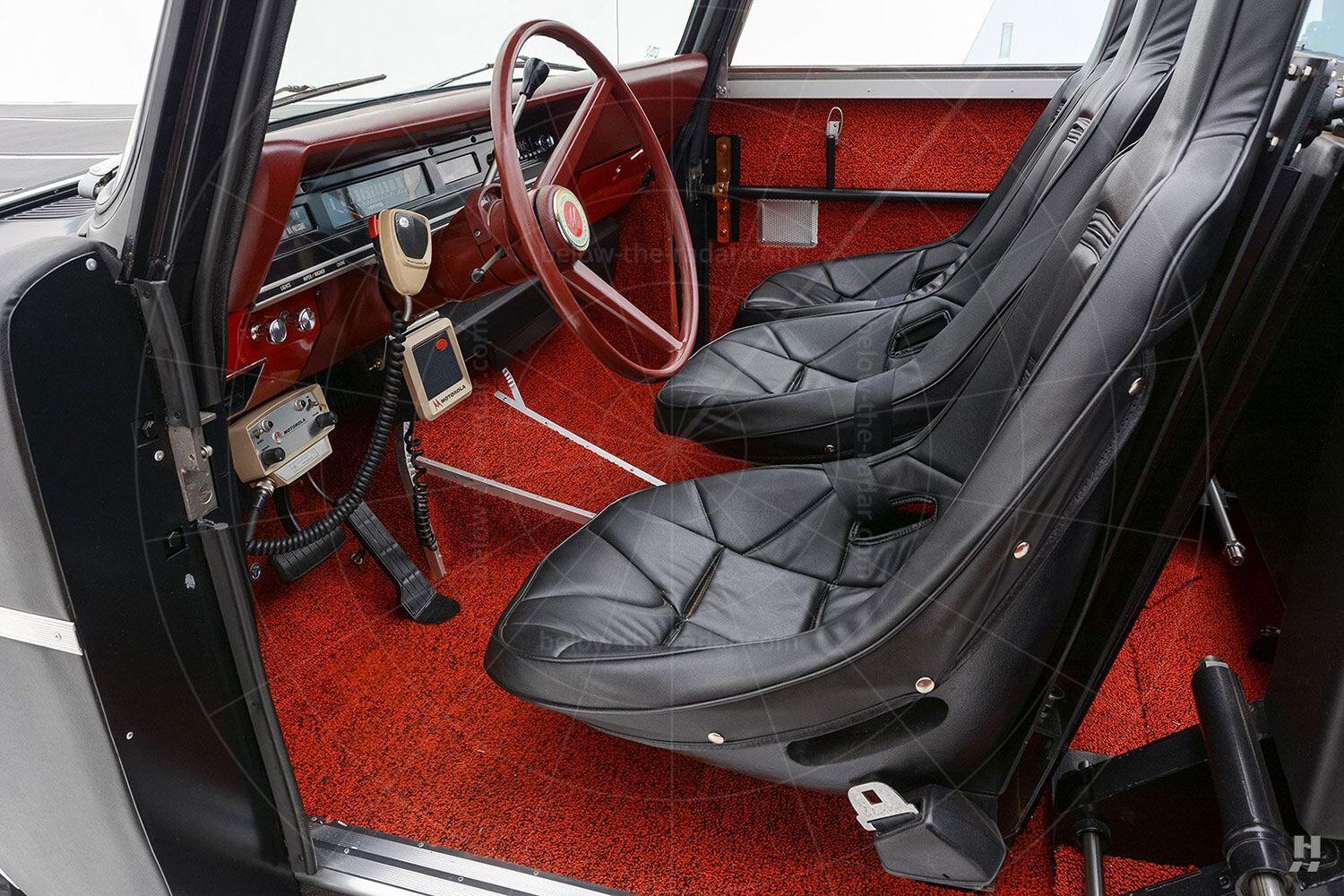




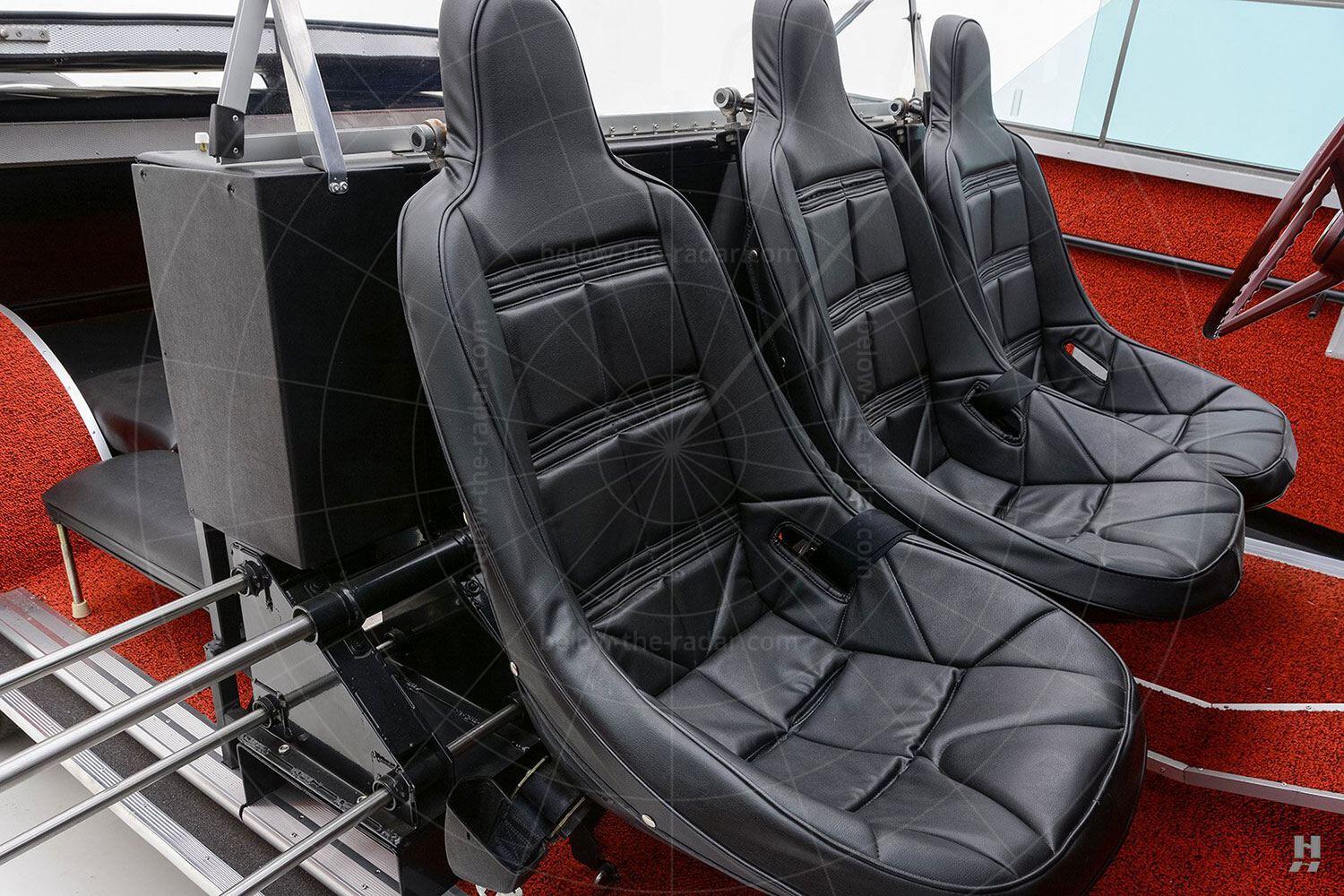




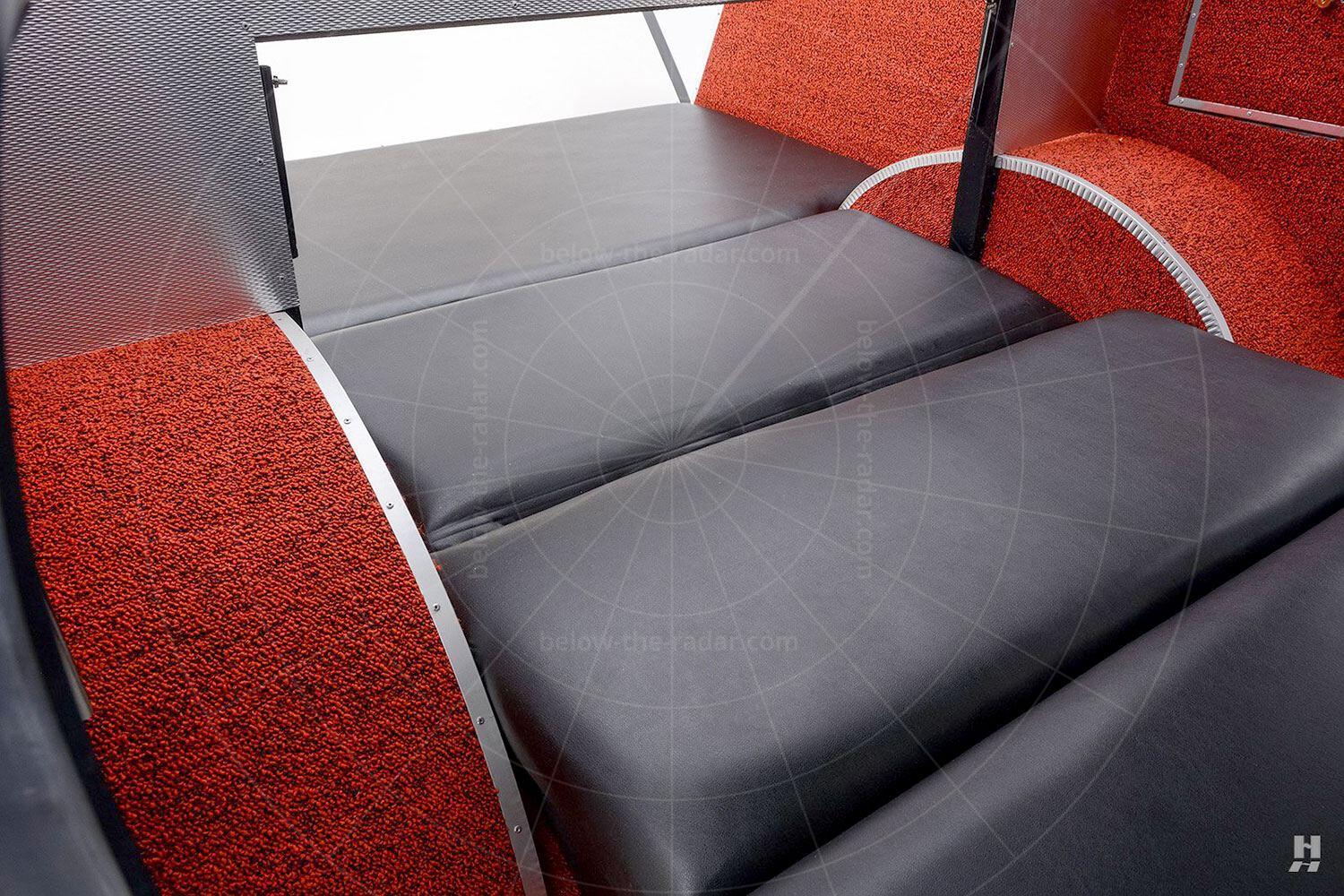
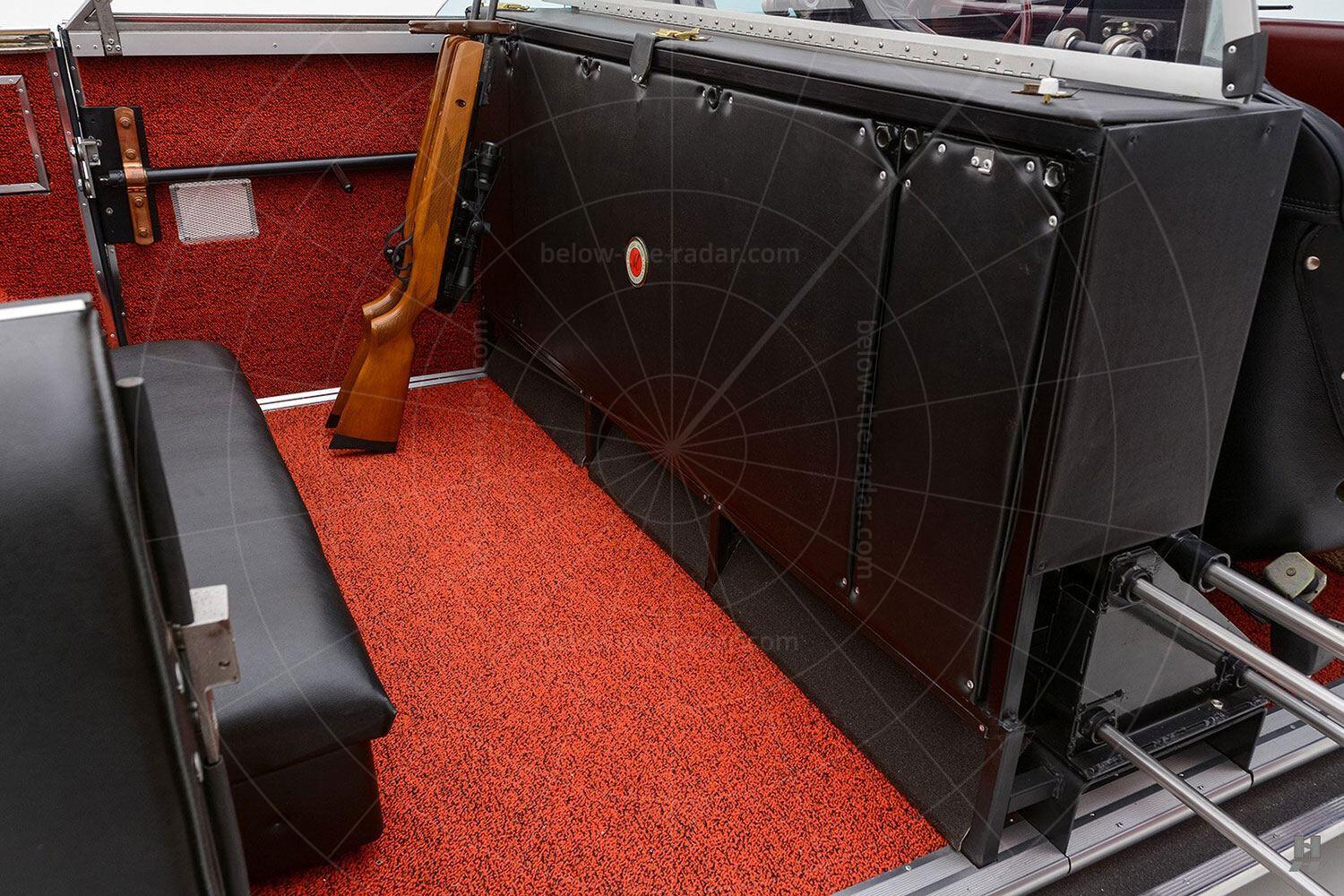
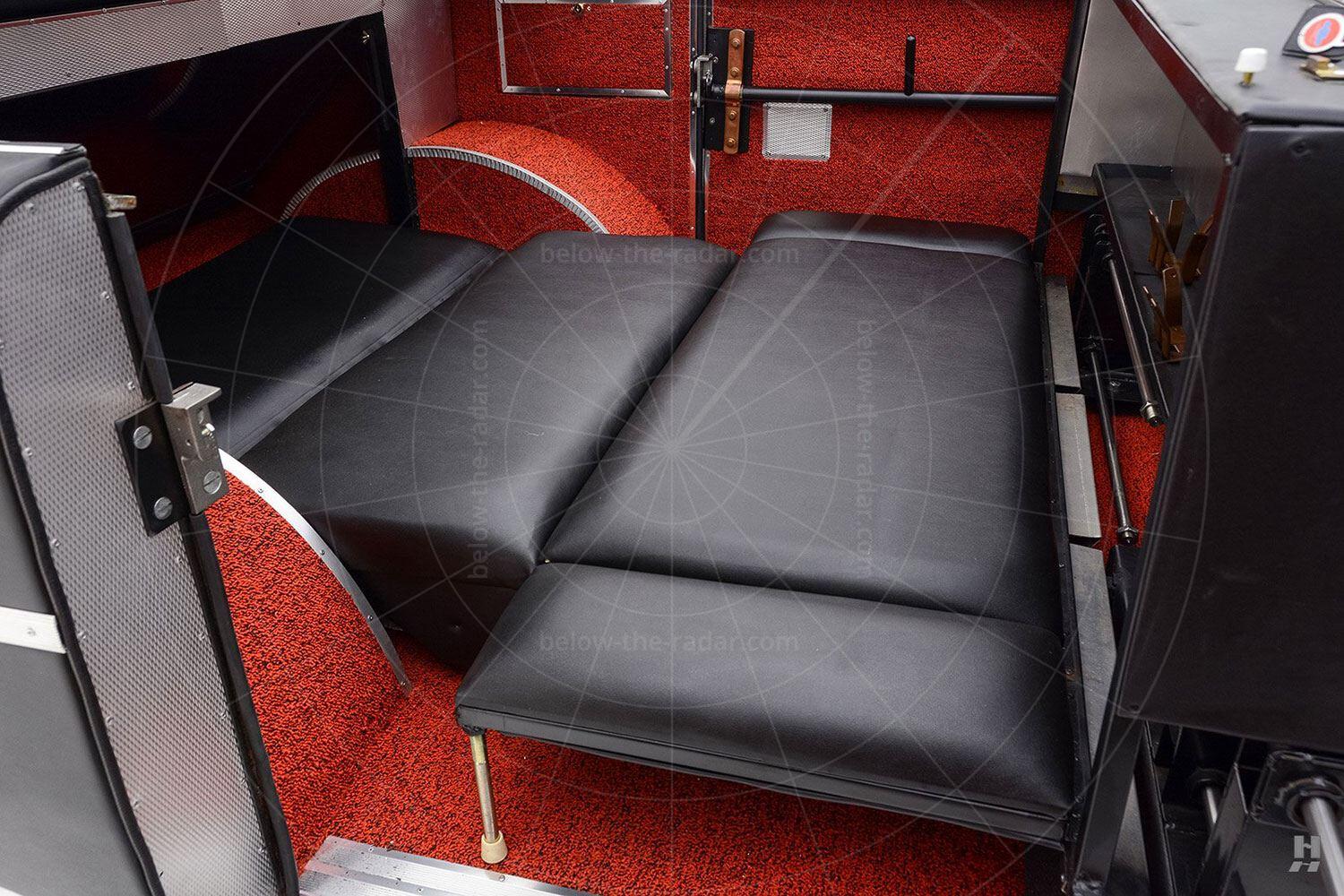

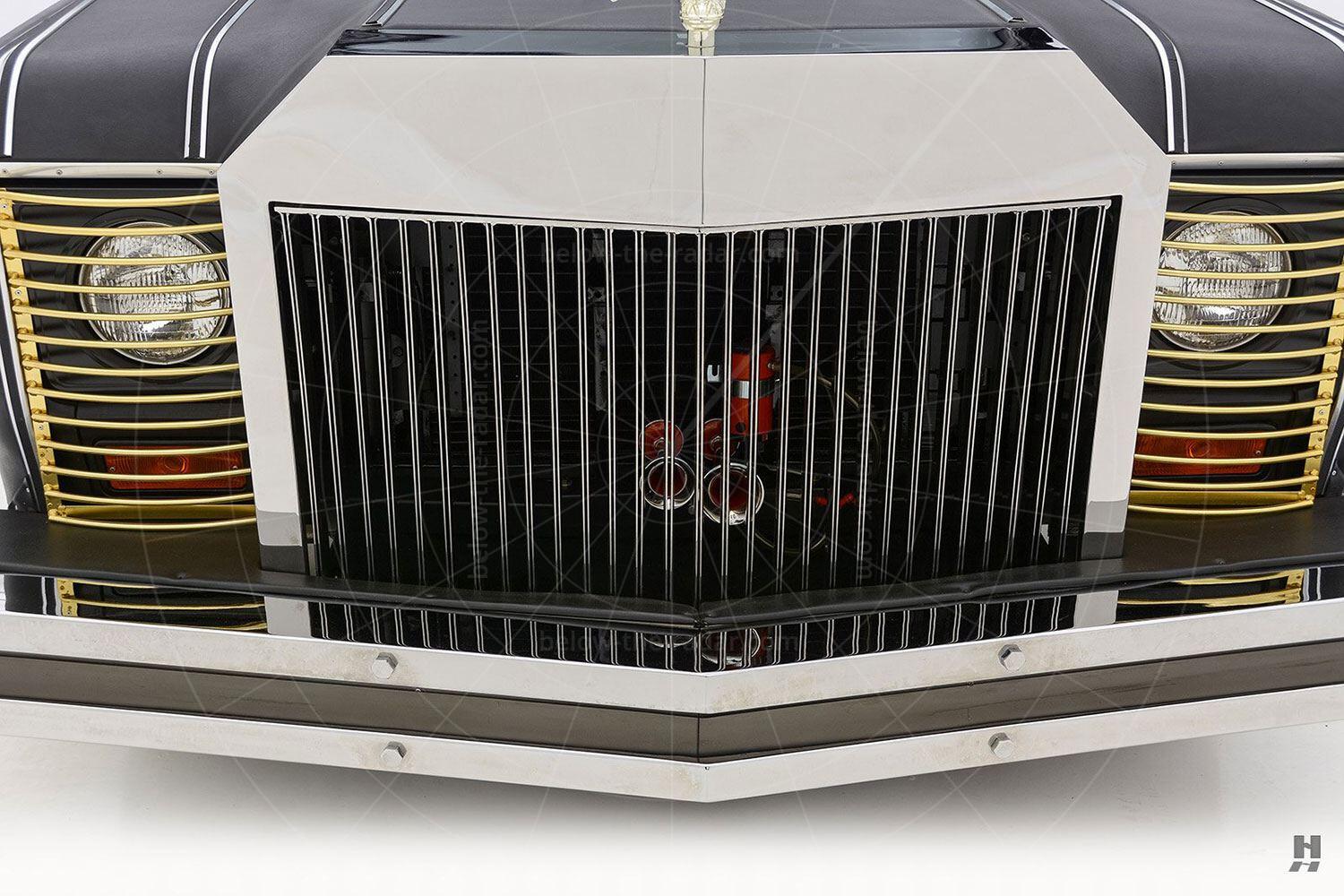

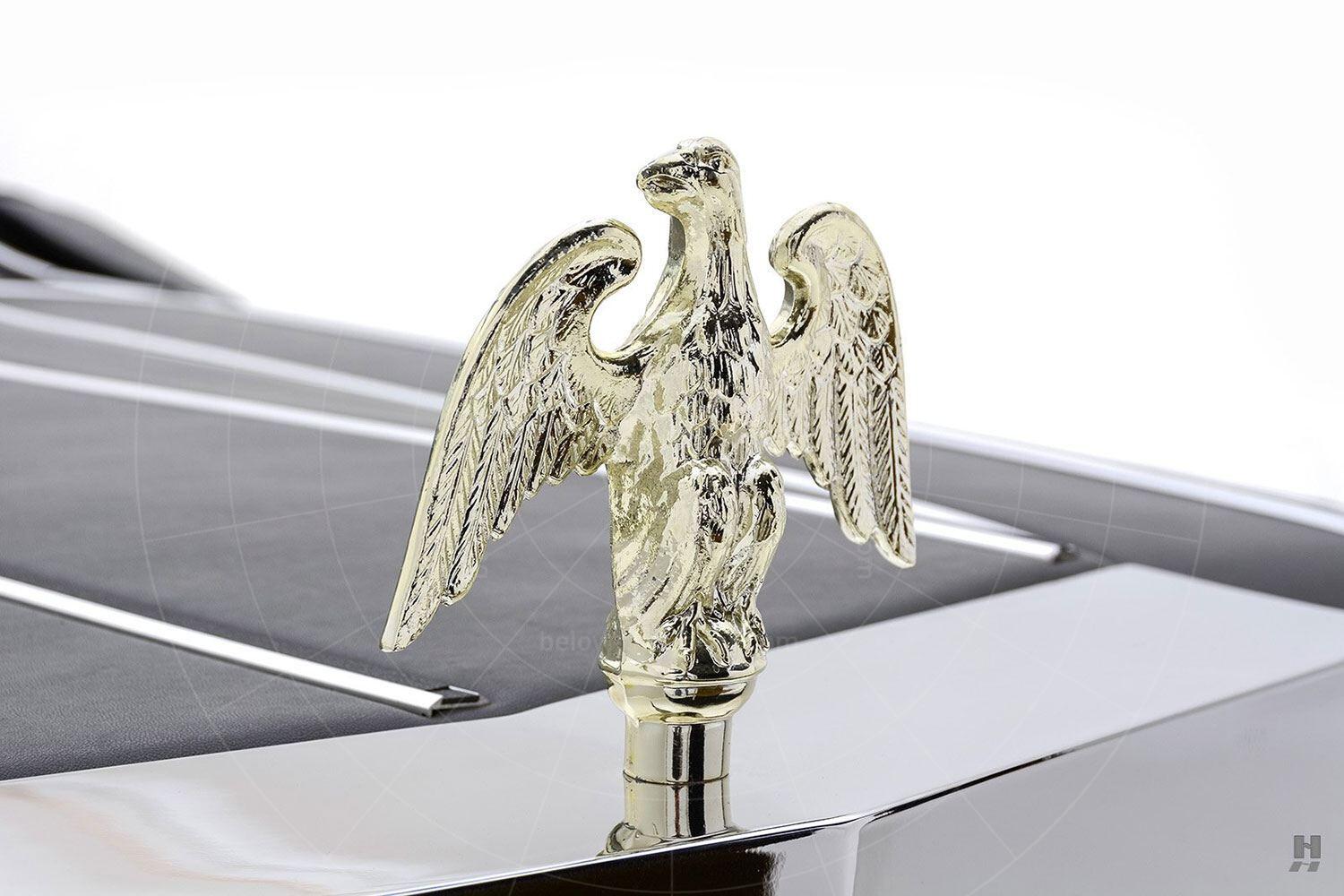

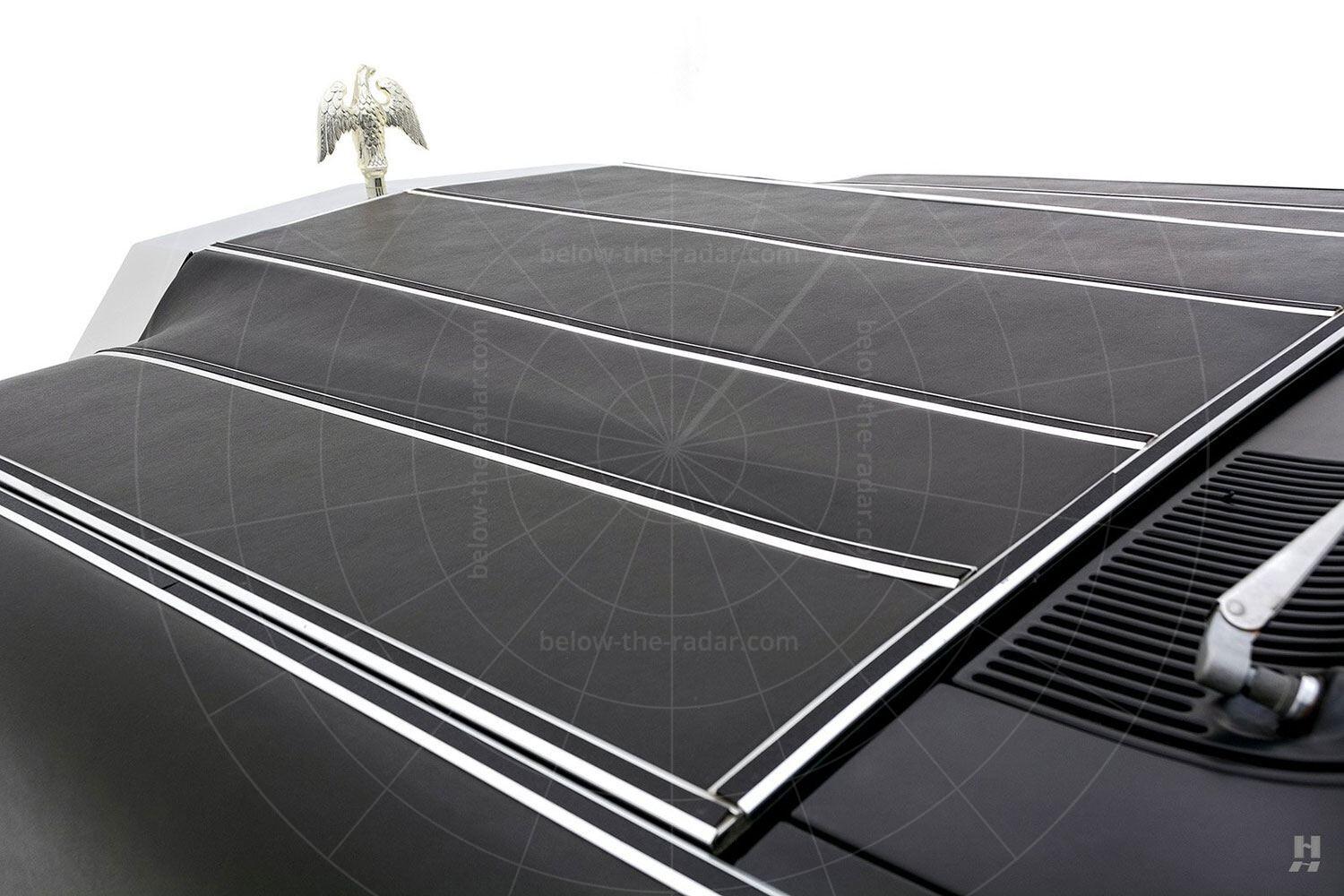
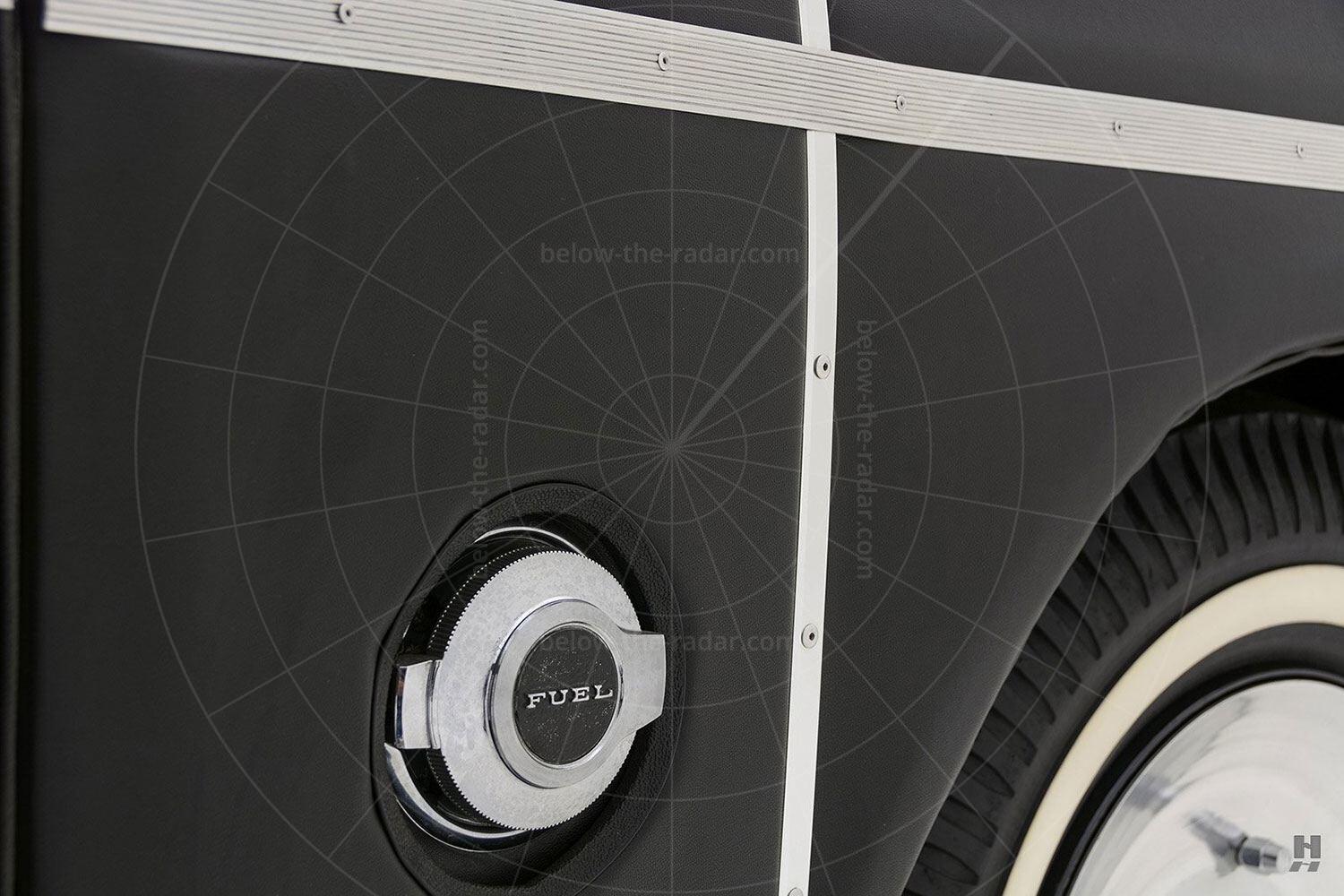

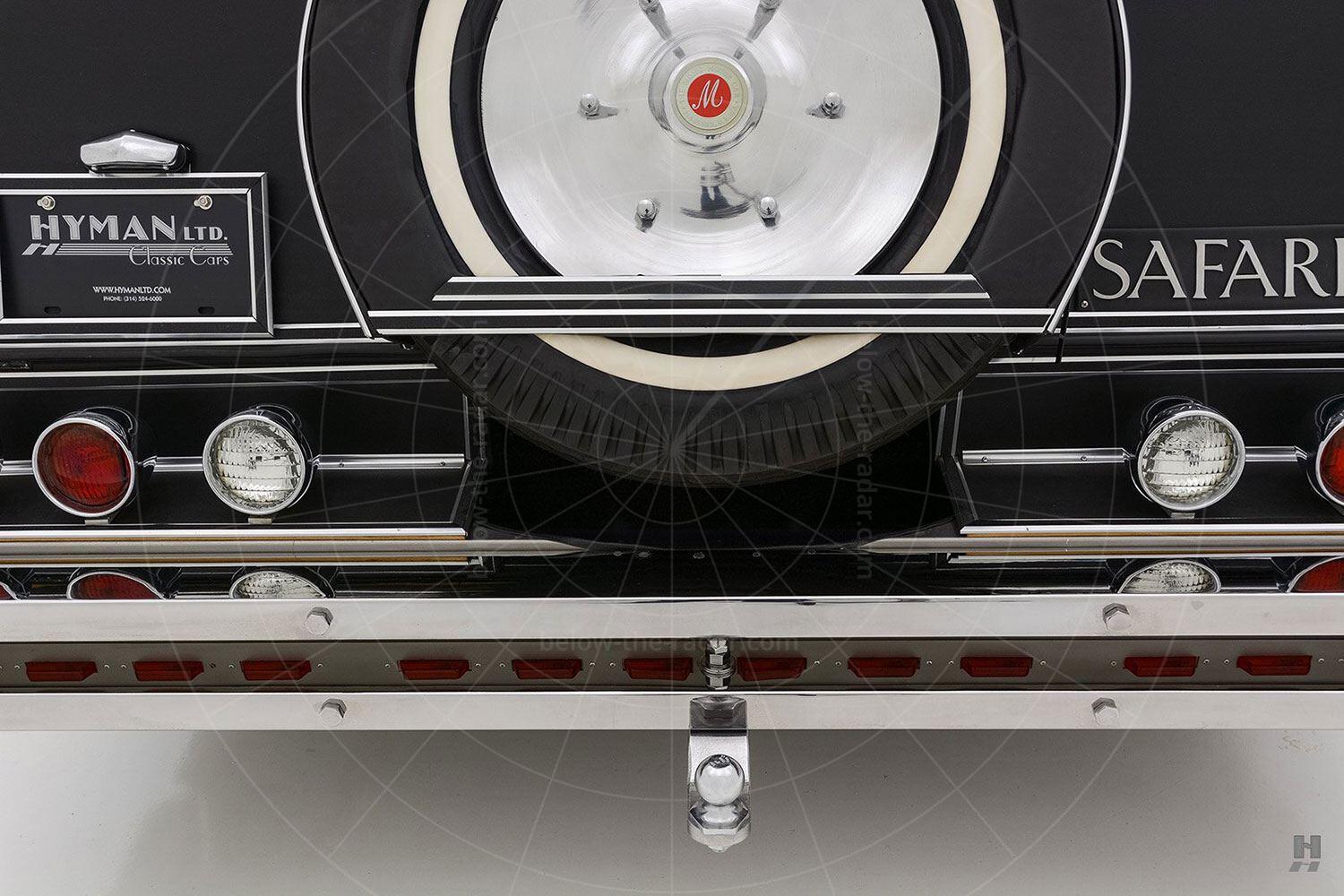

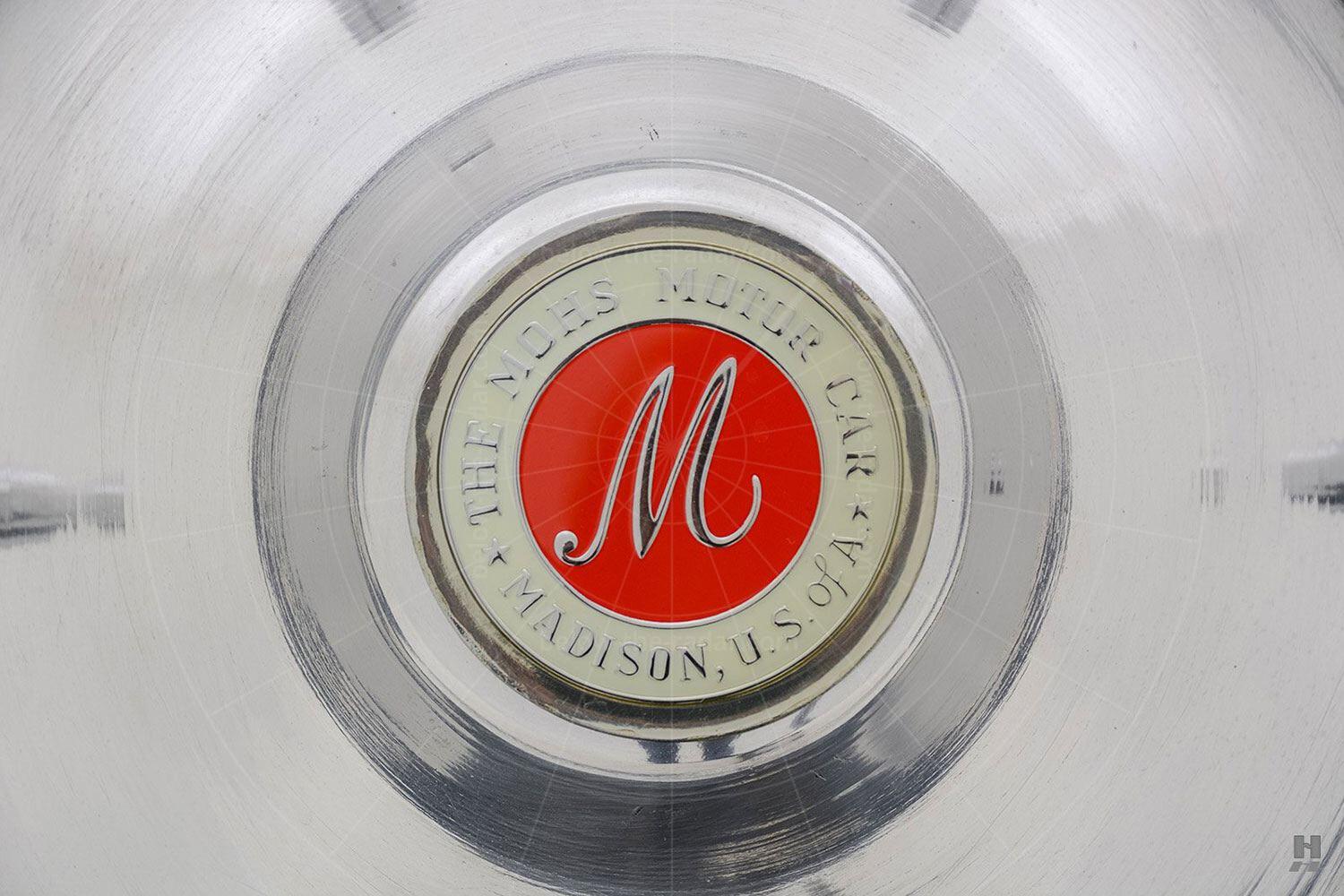
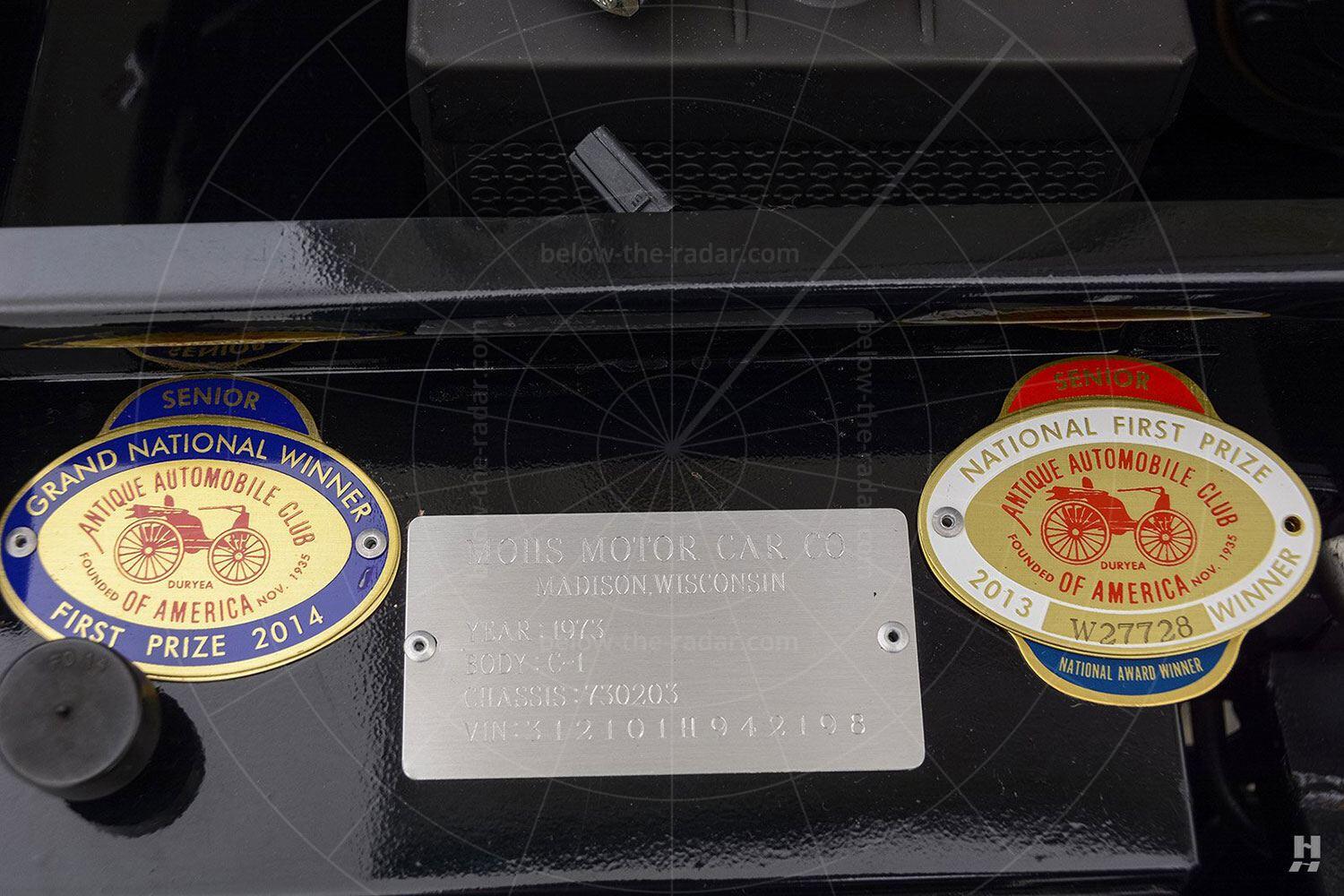
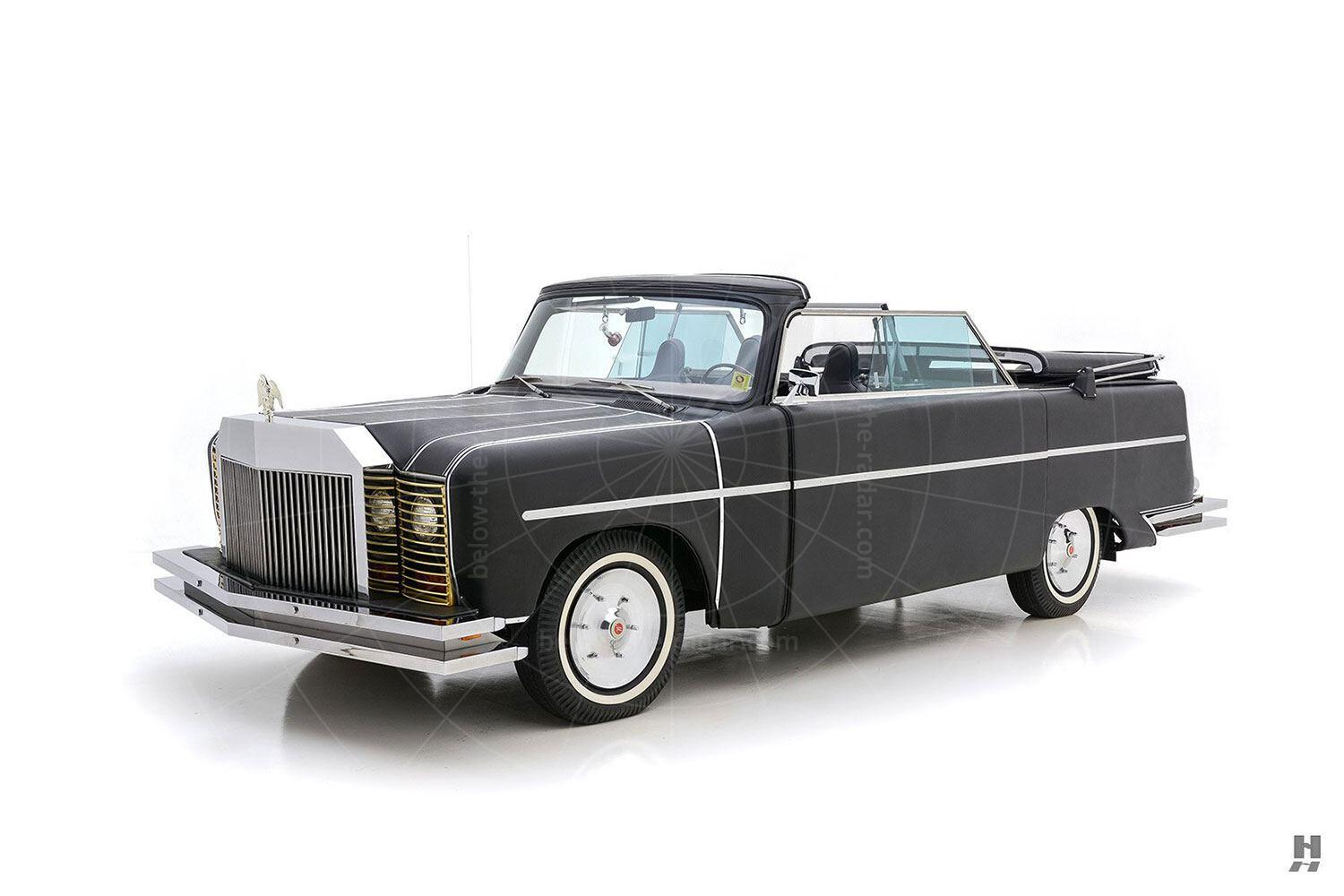
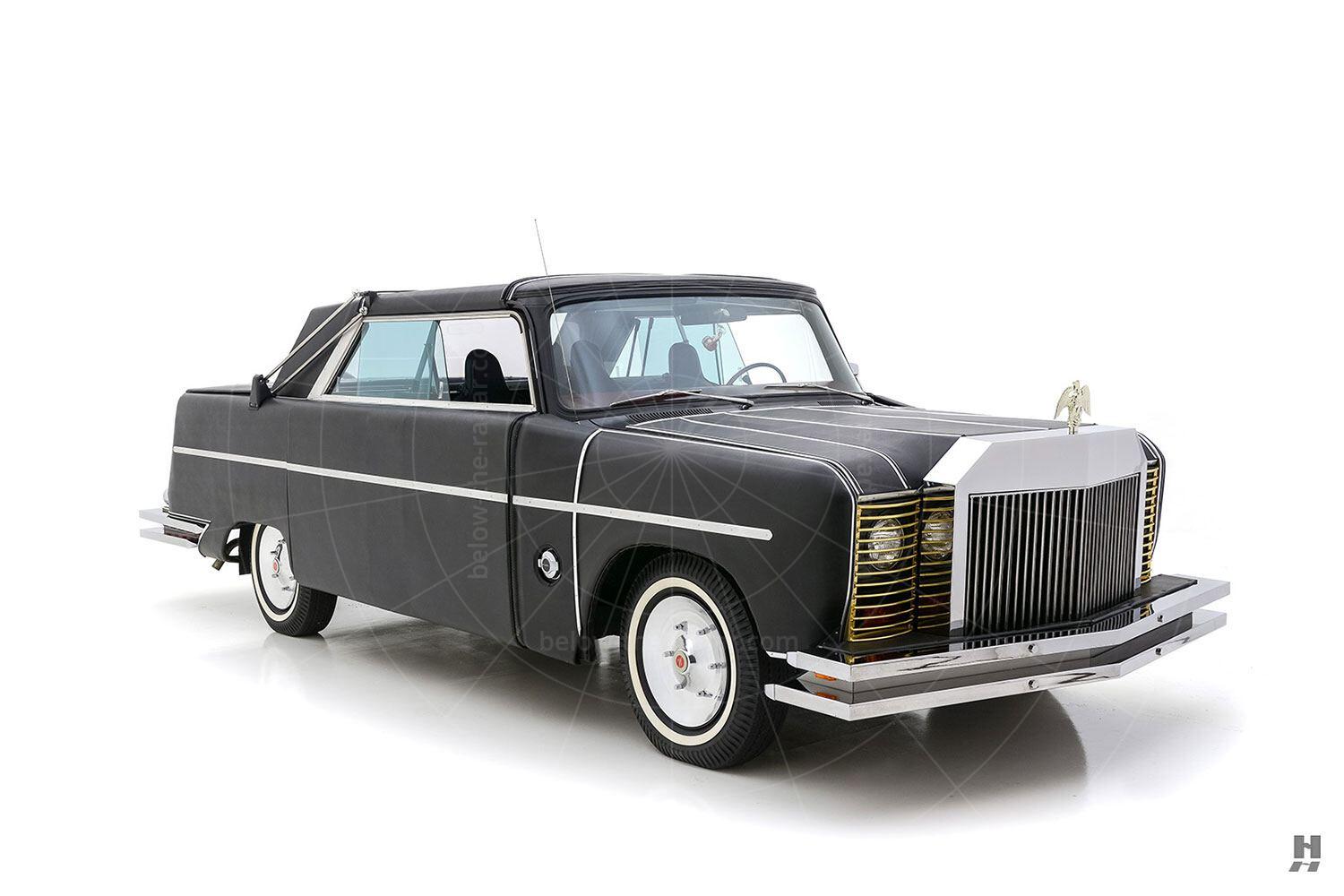

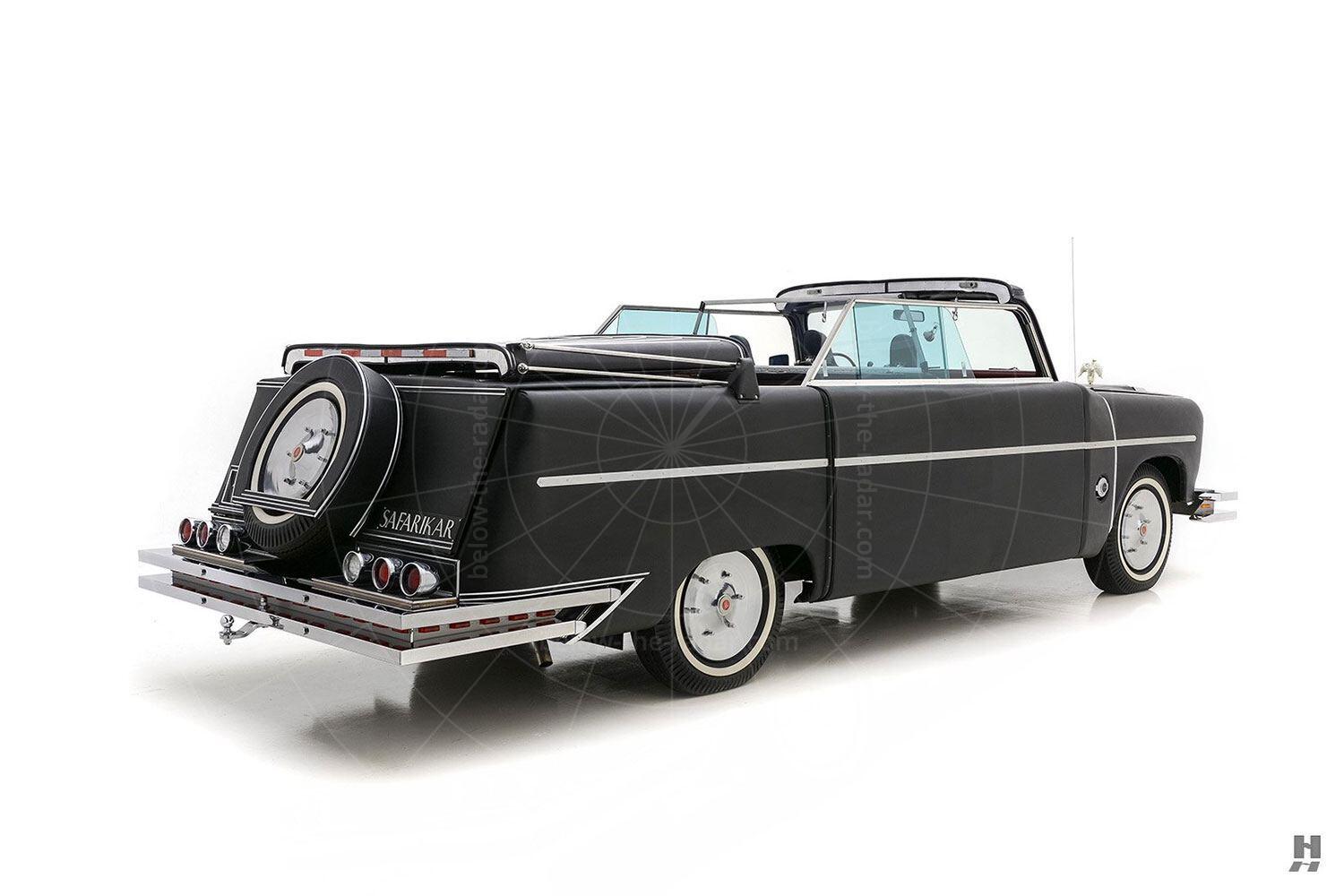
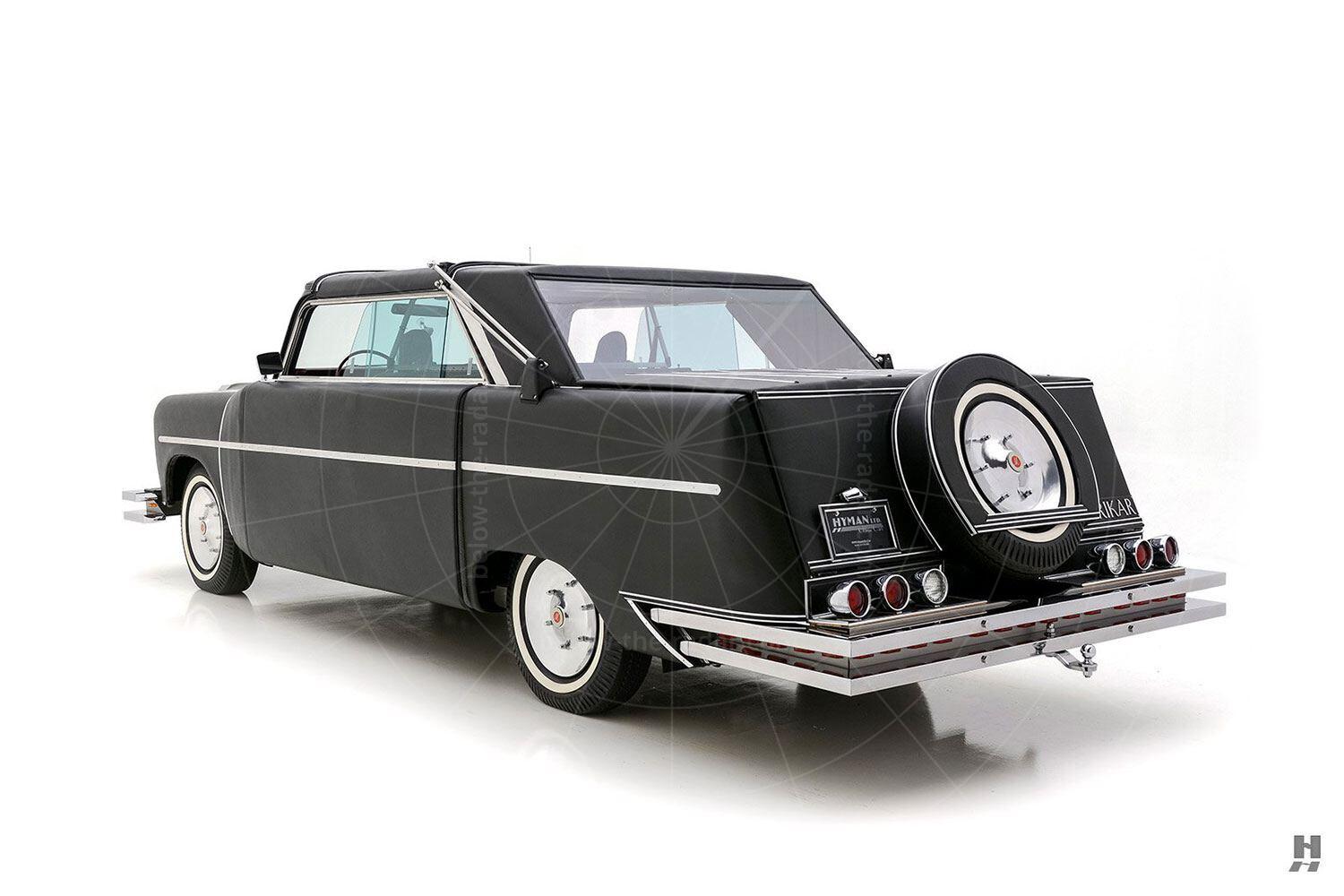
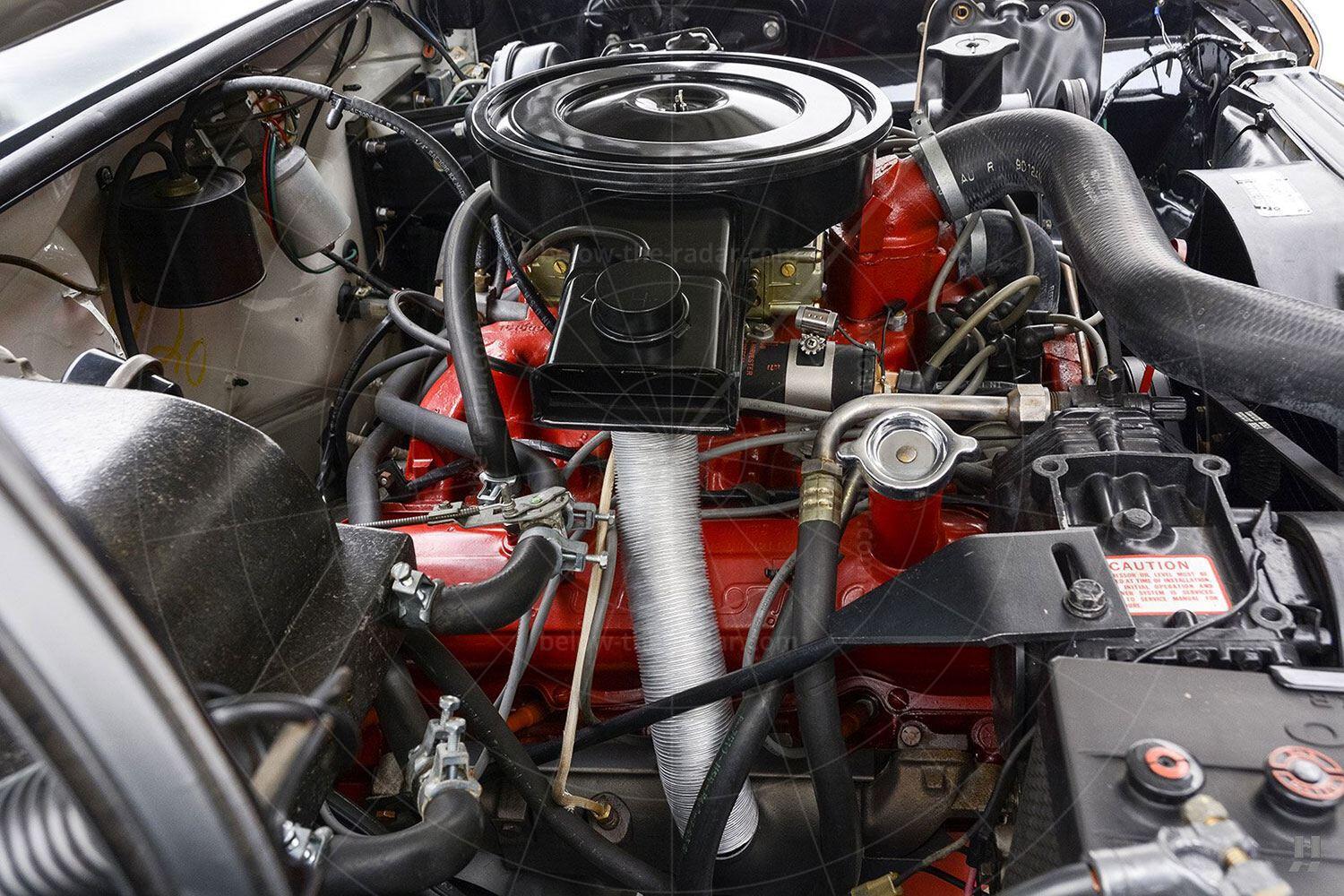


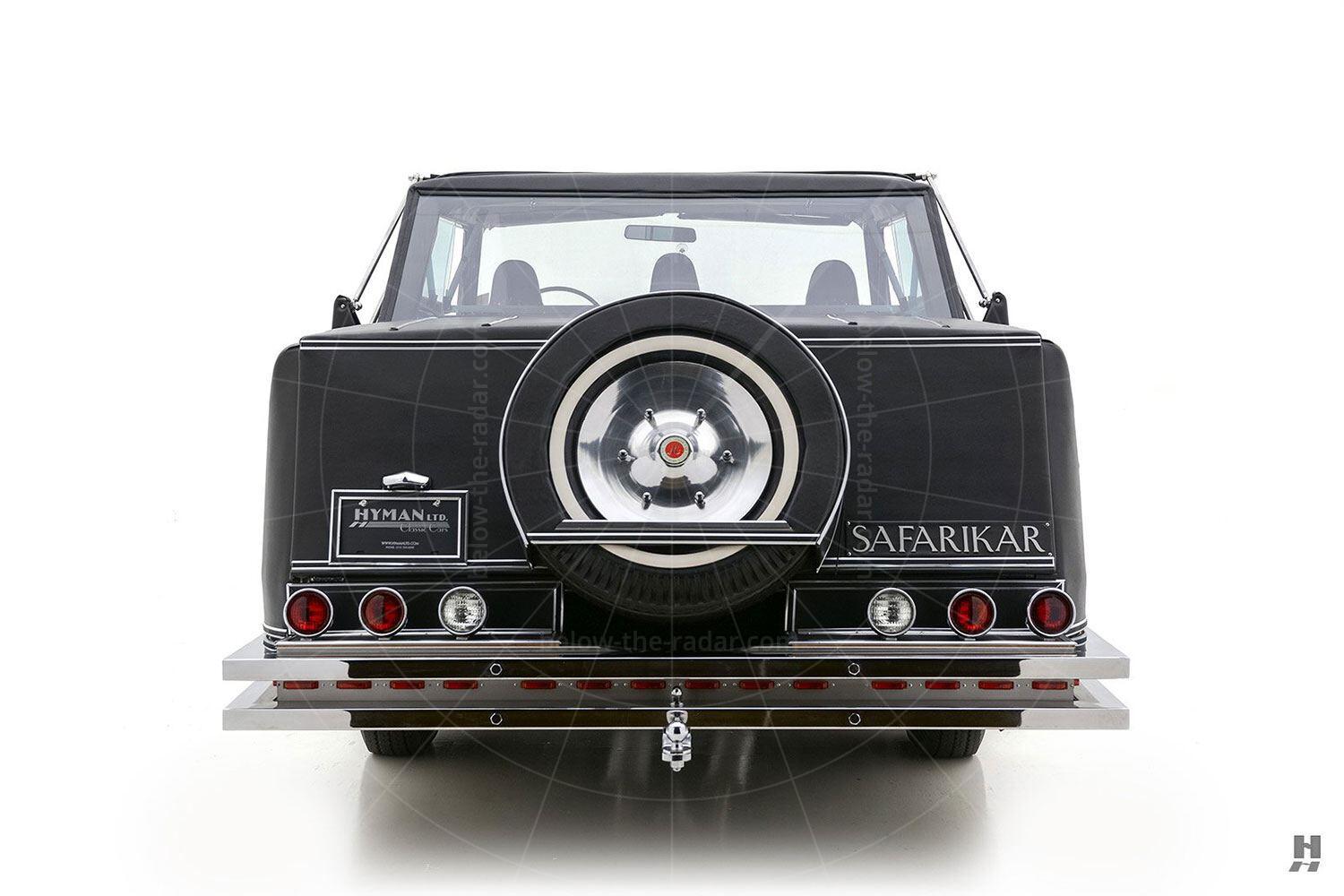
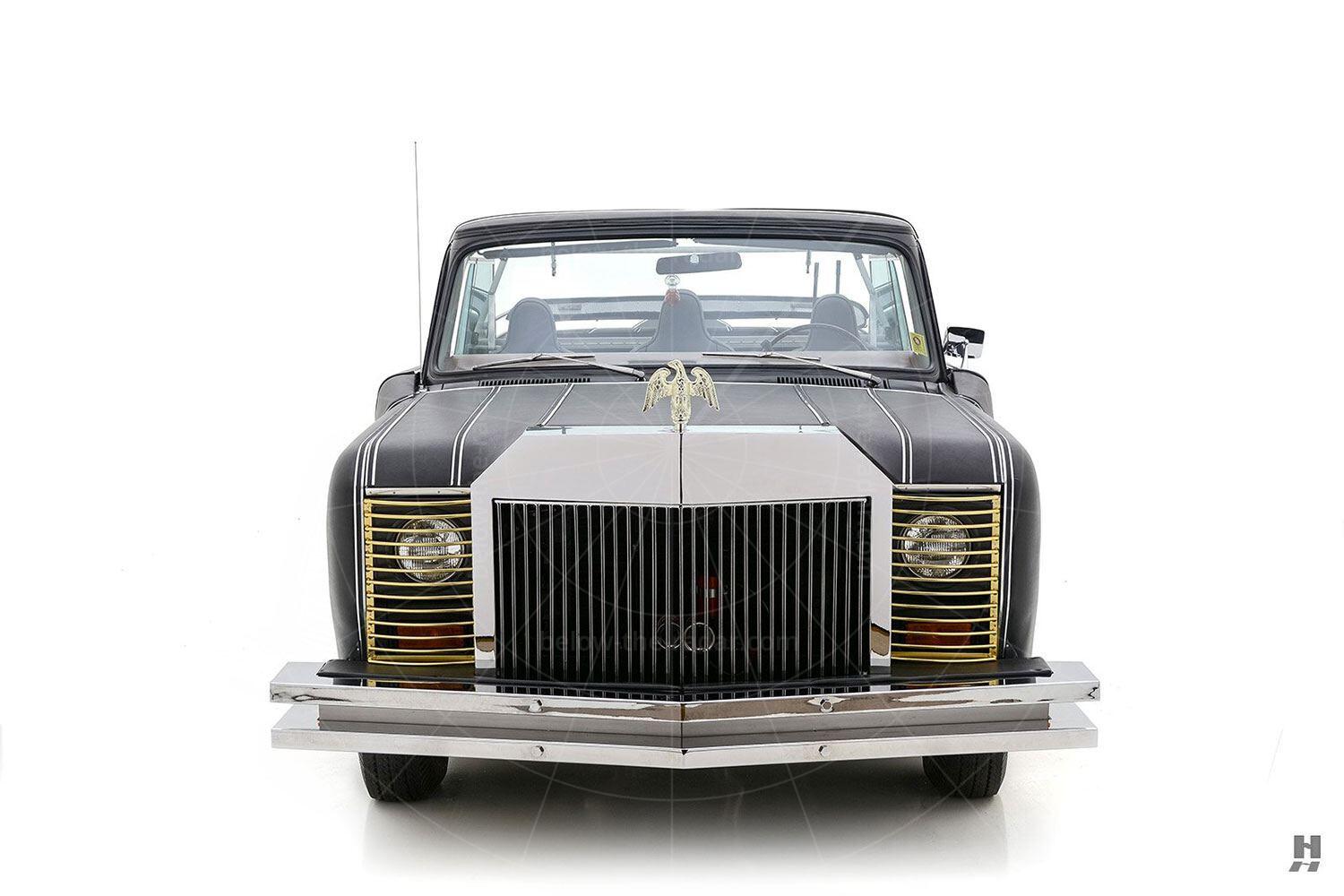
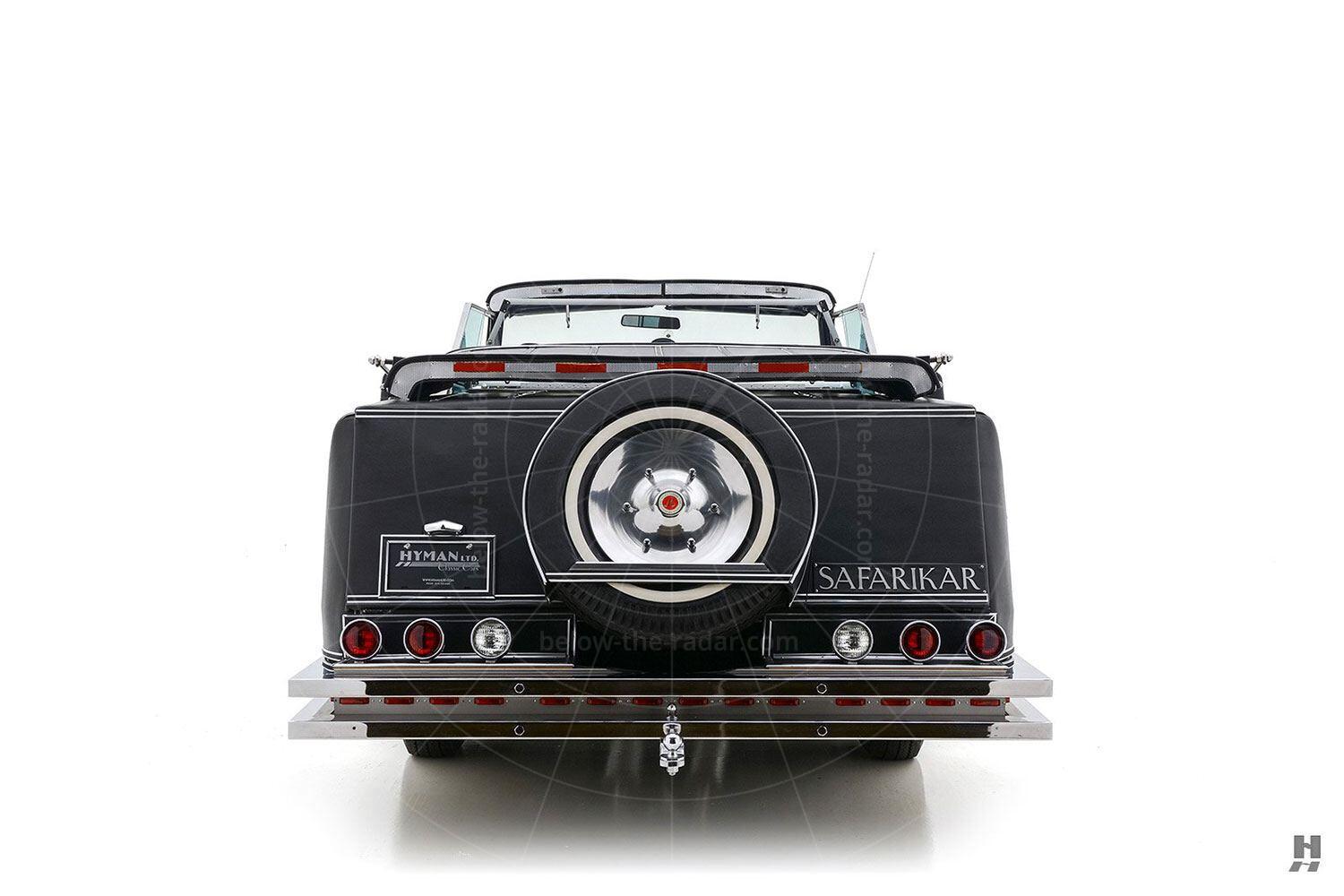
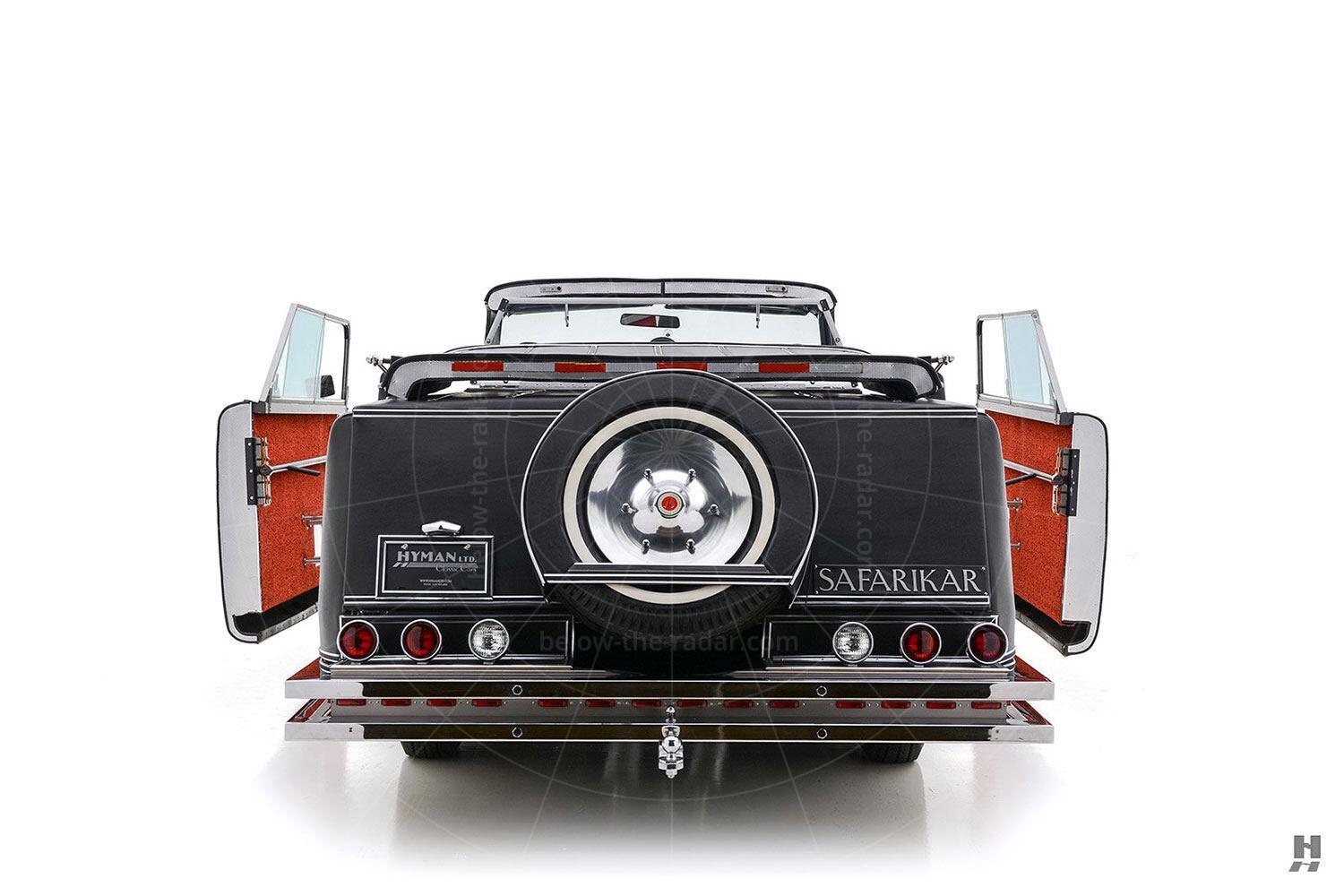
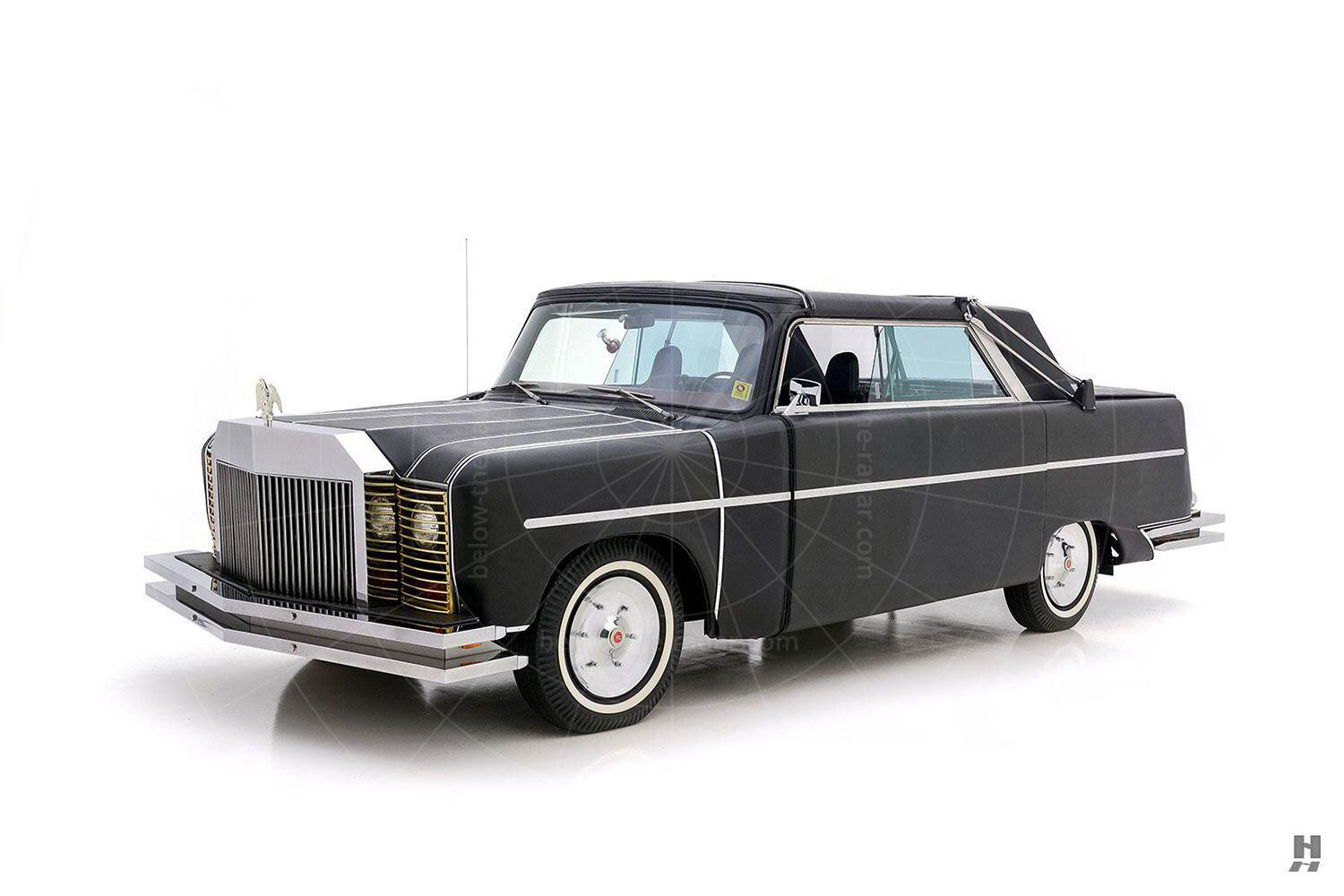

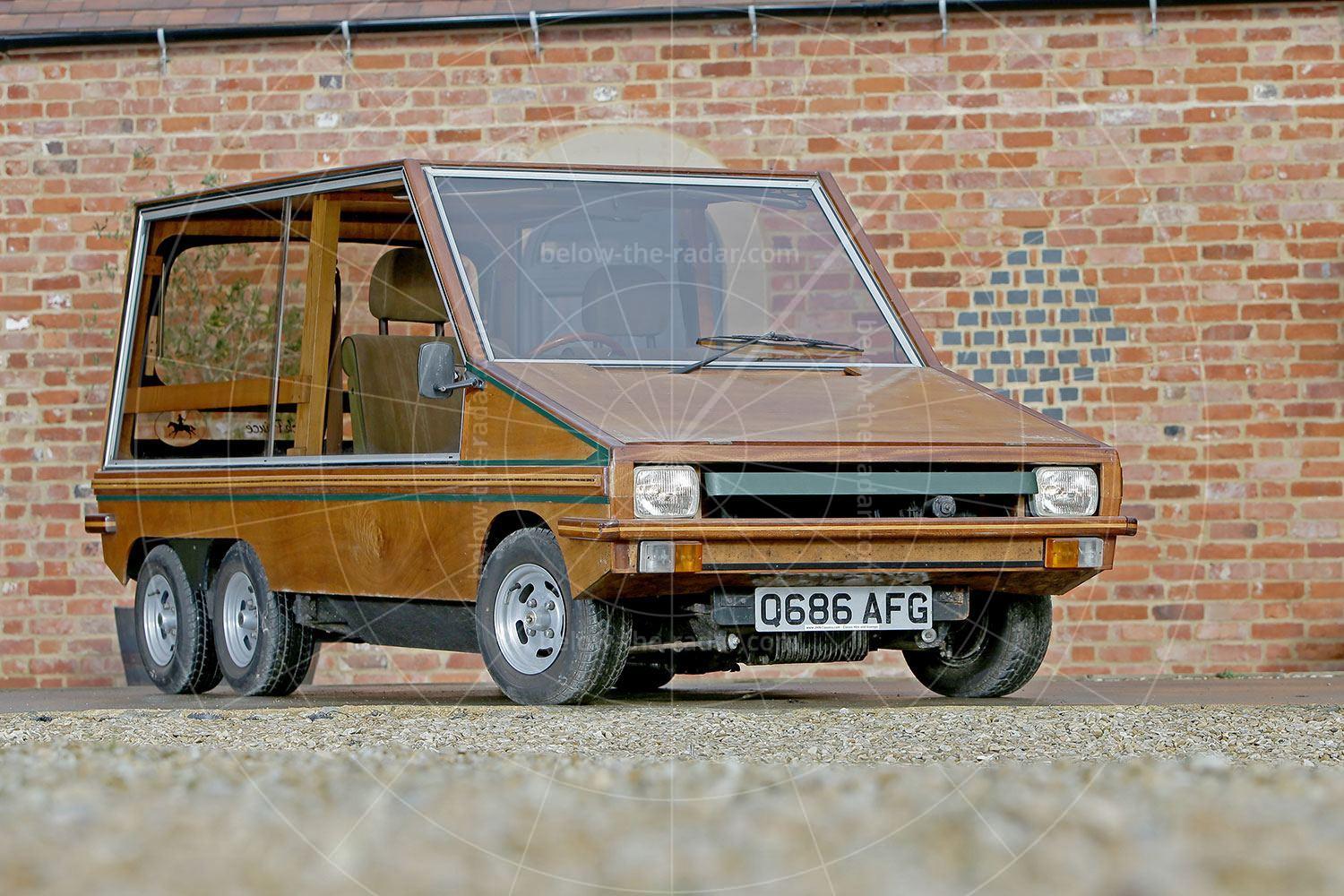
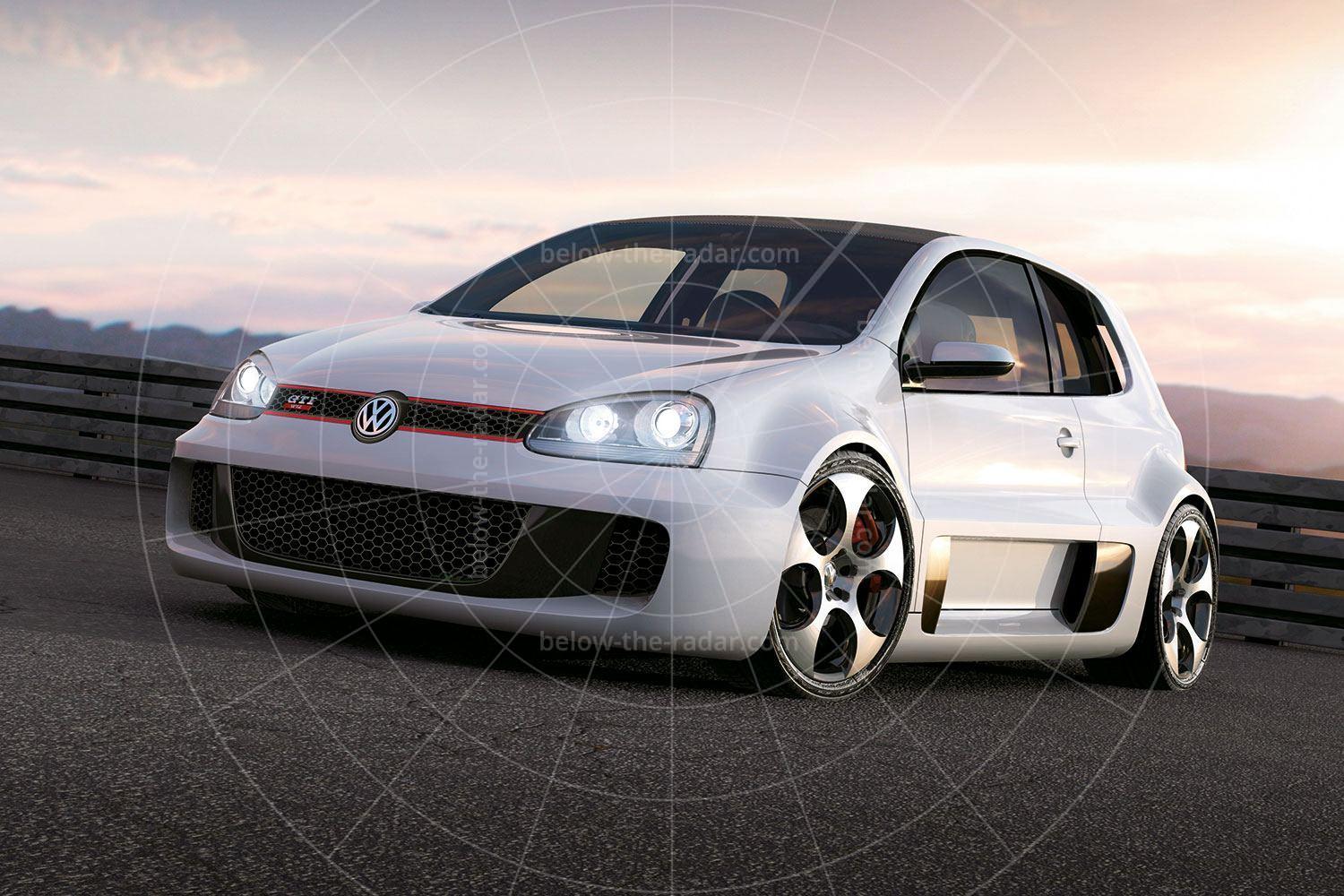
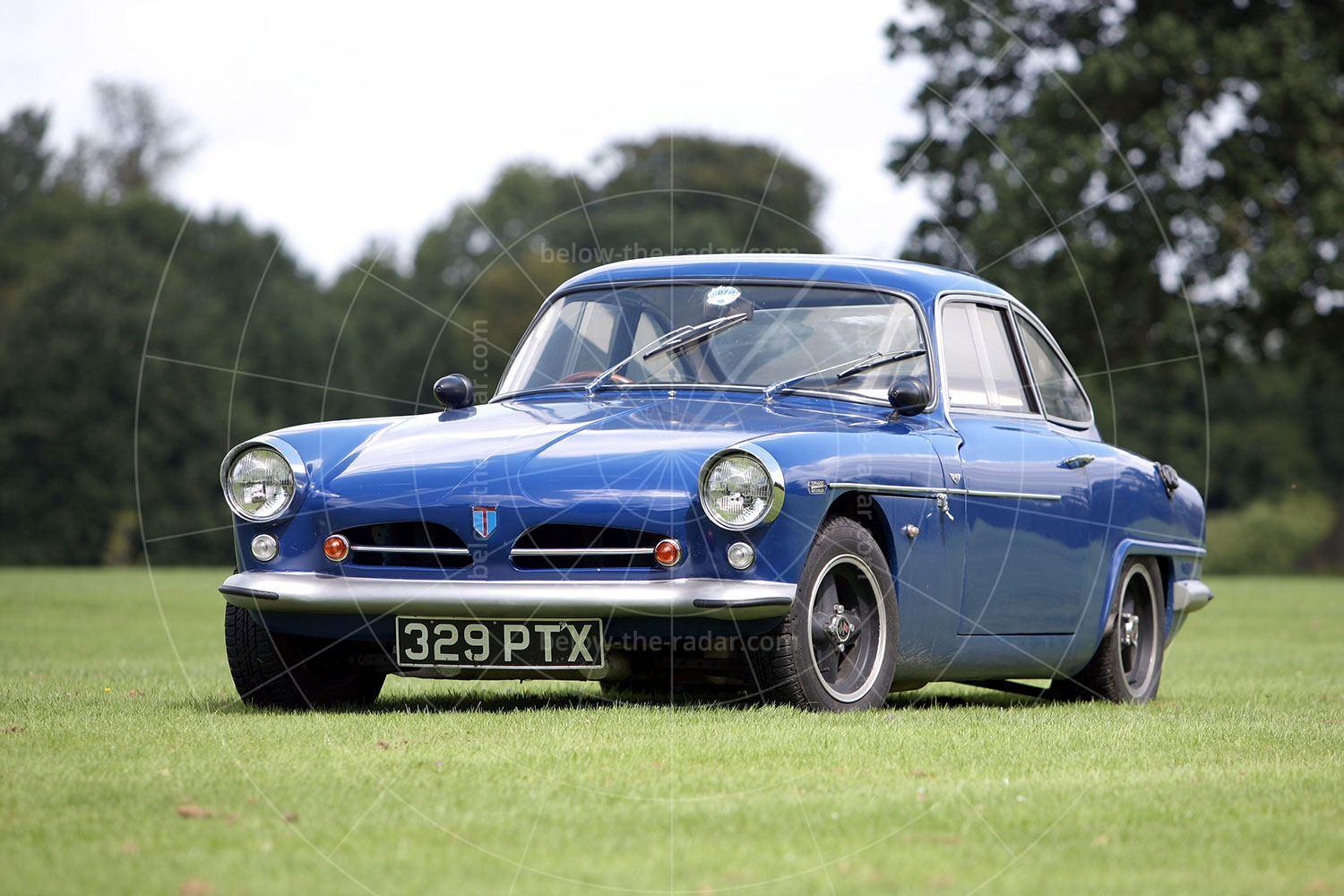
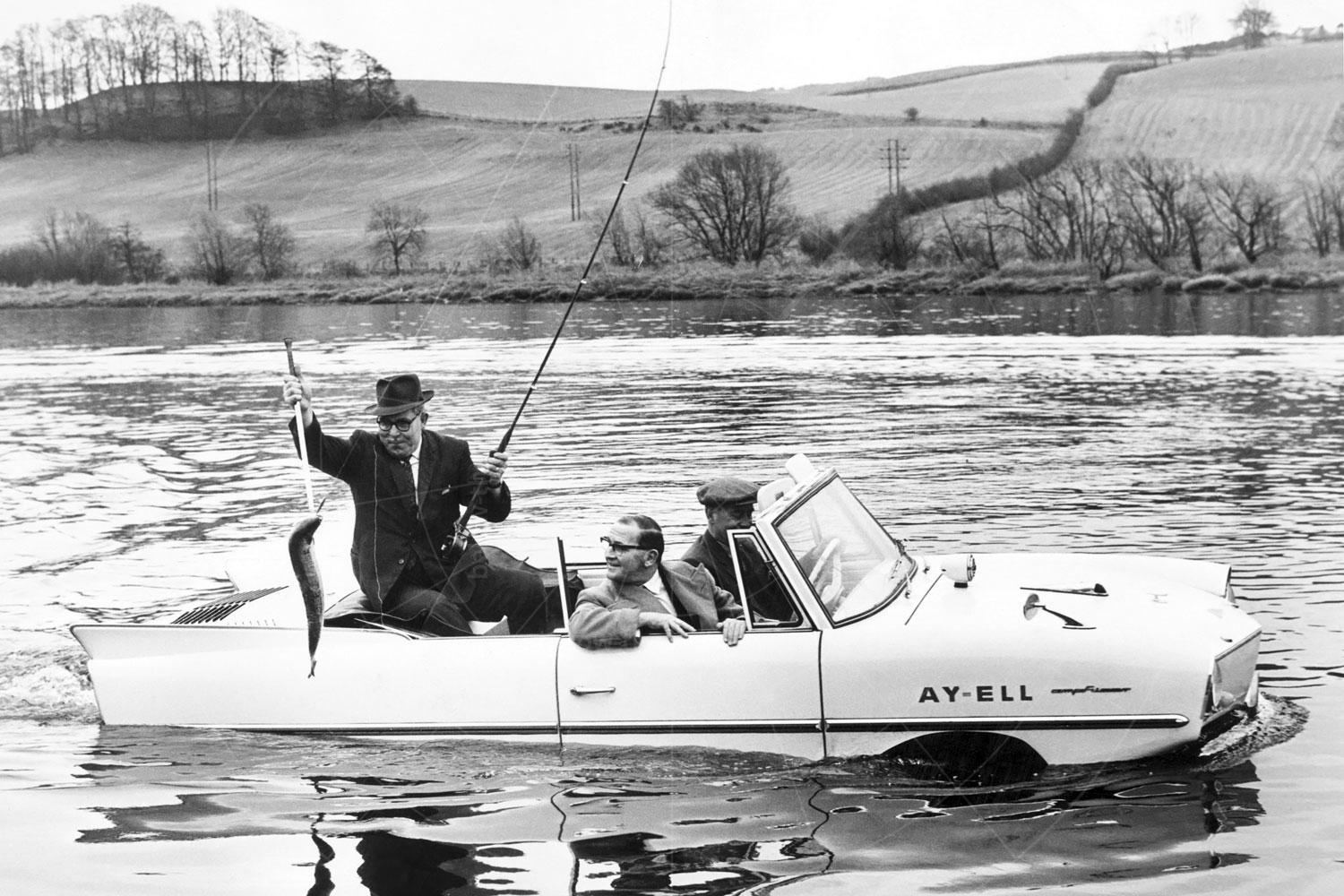
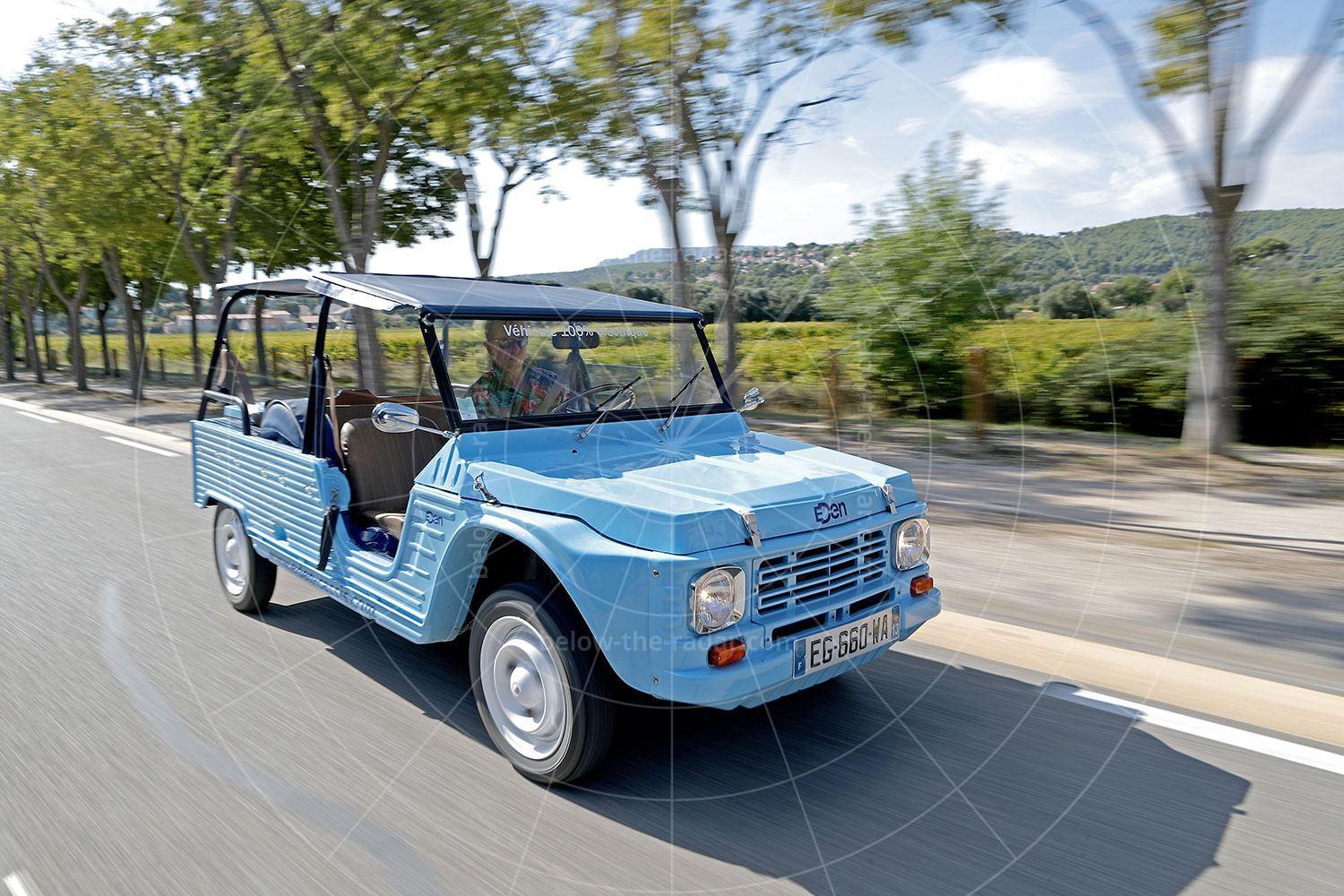
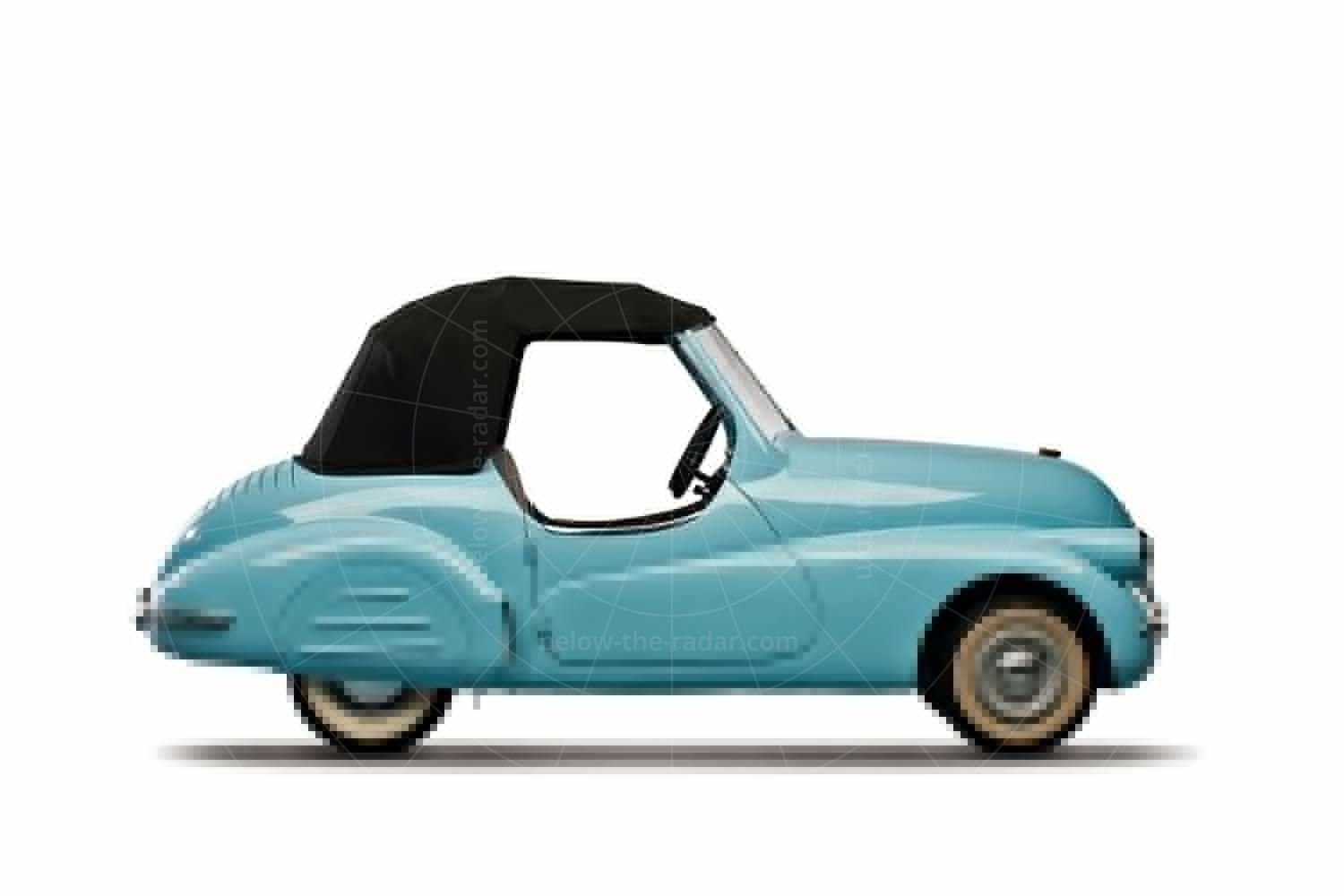
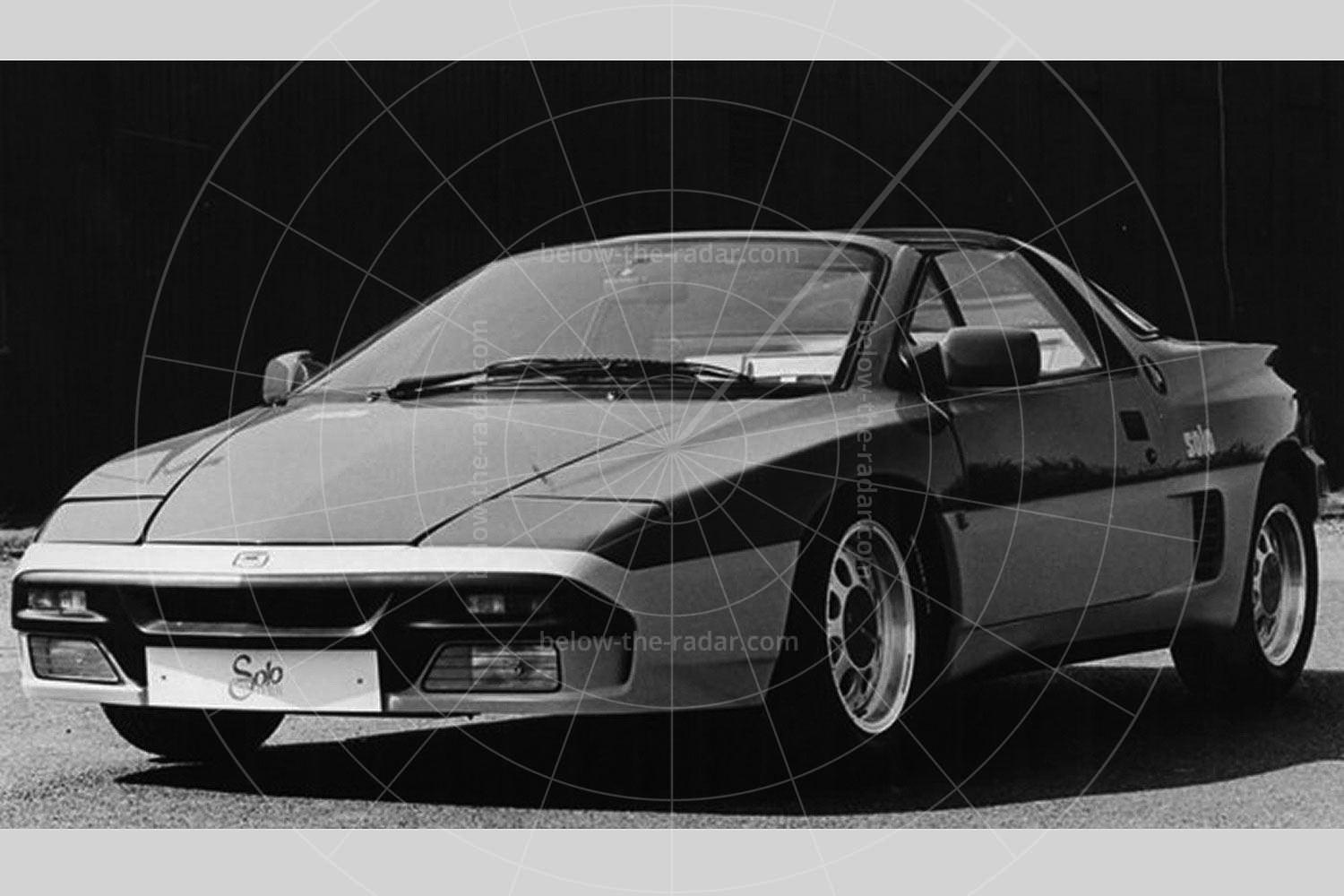
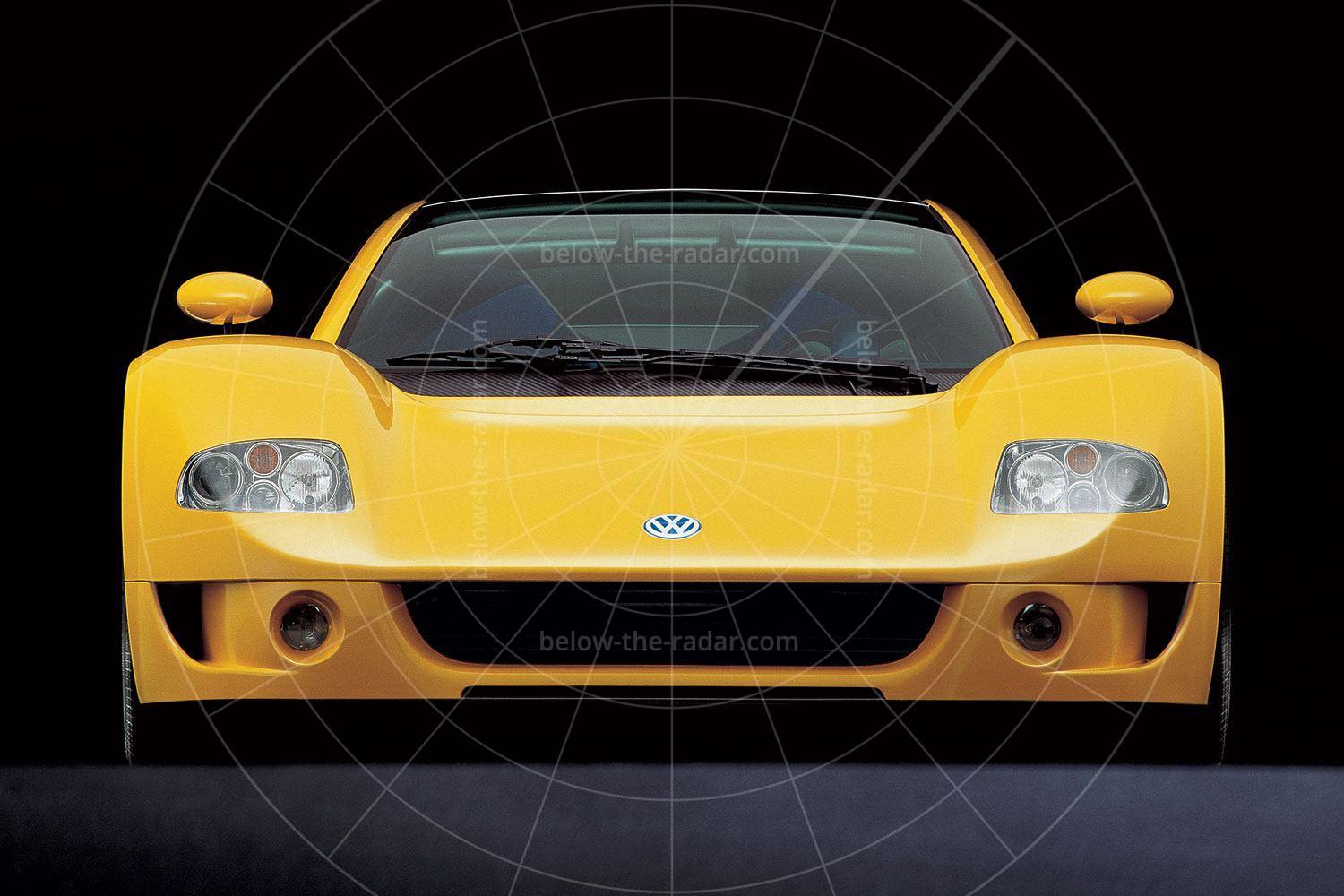
Looks like a knock-off Lego kit. I love it.
“connoisseurs of the oddball, avant-garde, and downright wacky.”
Describes me too a tee!